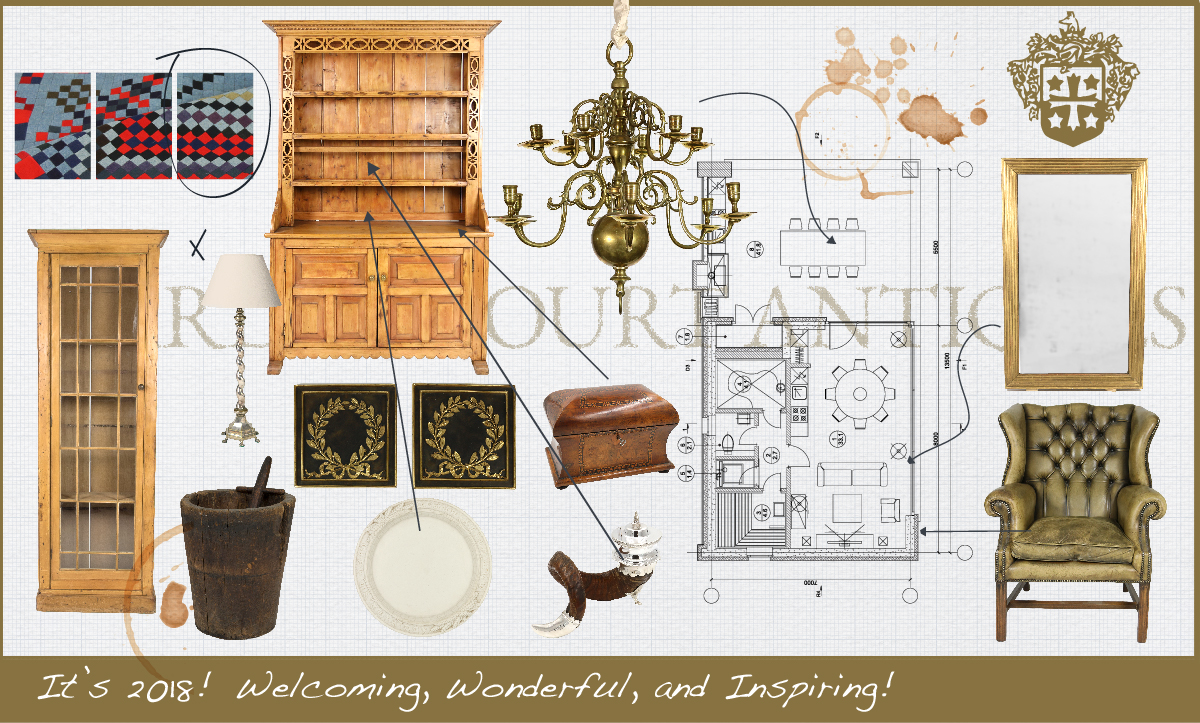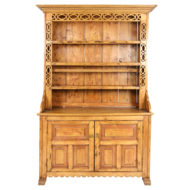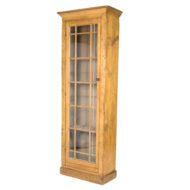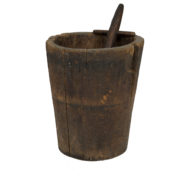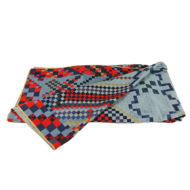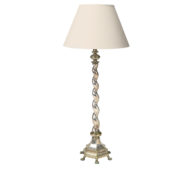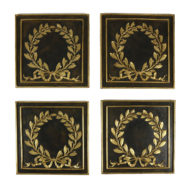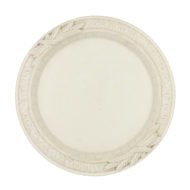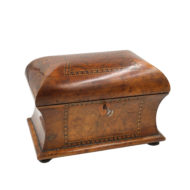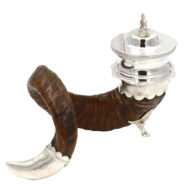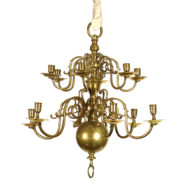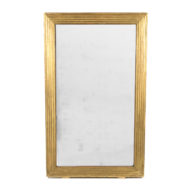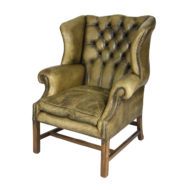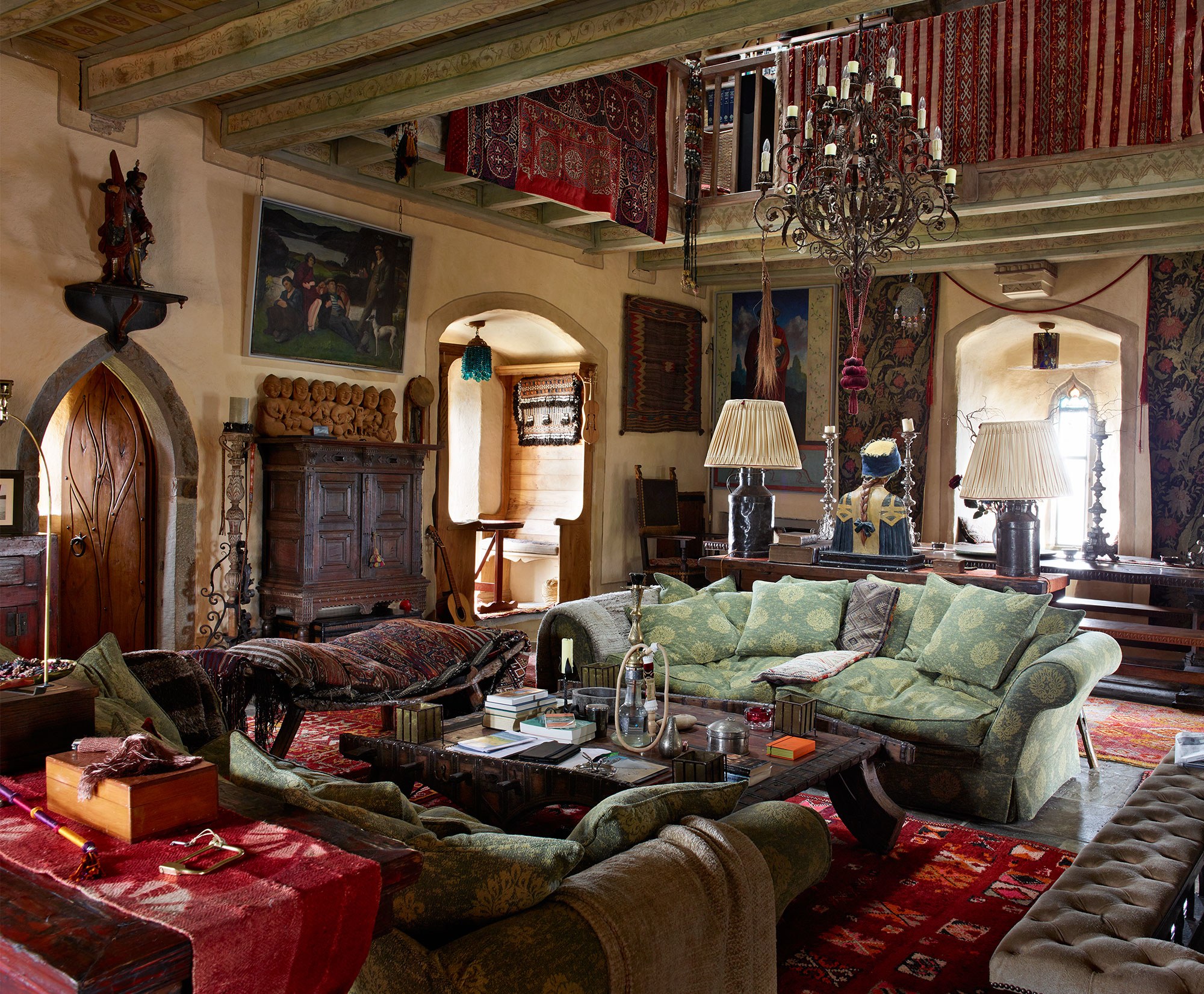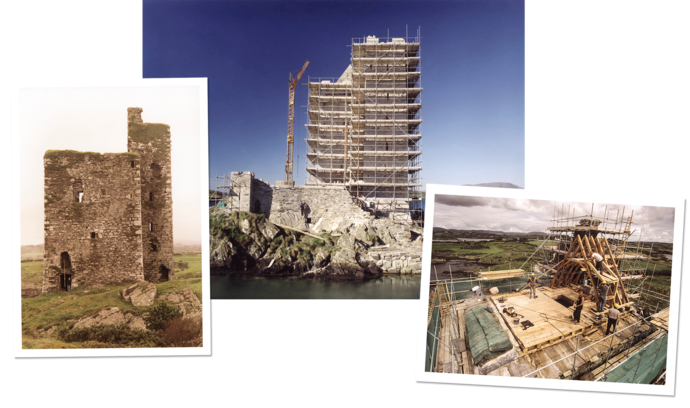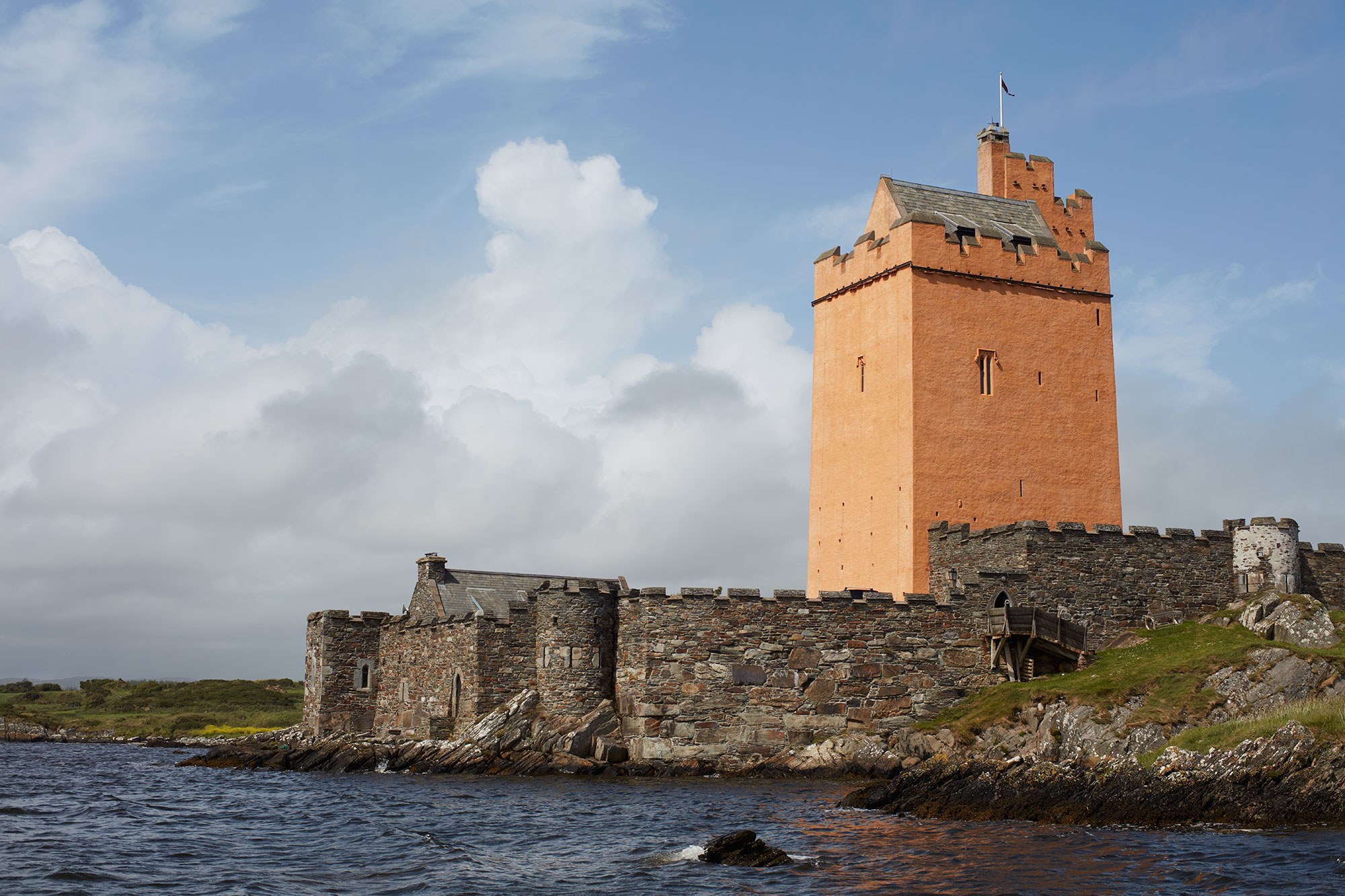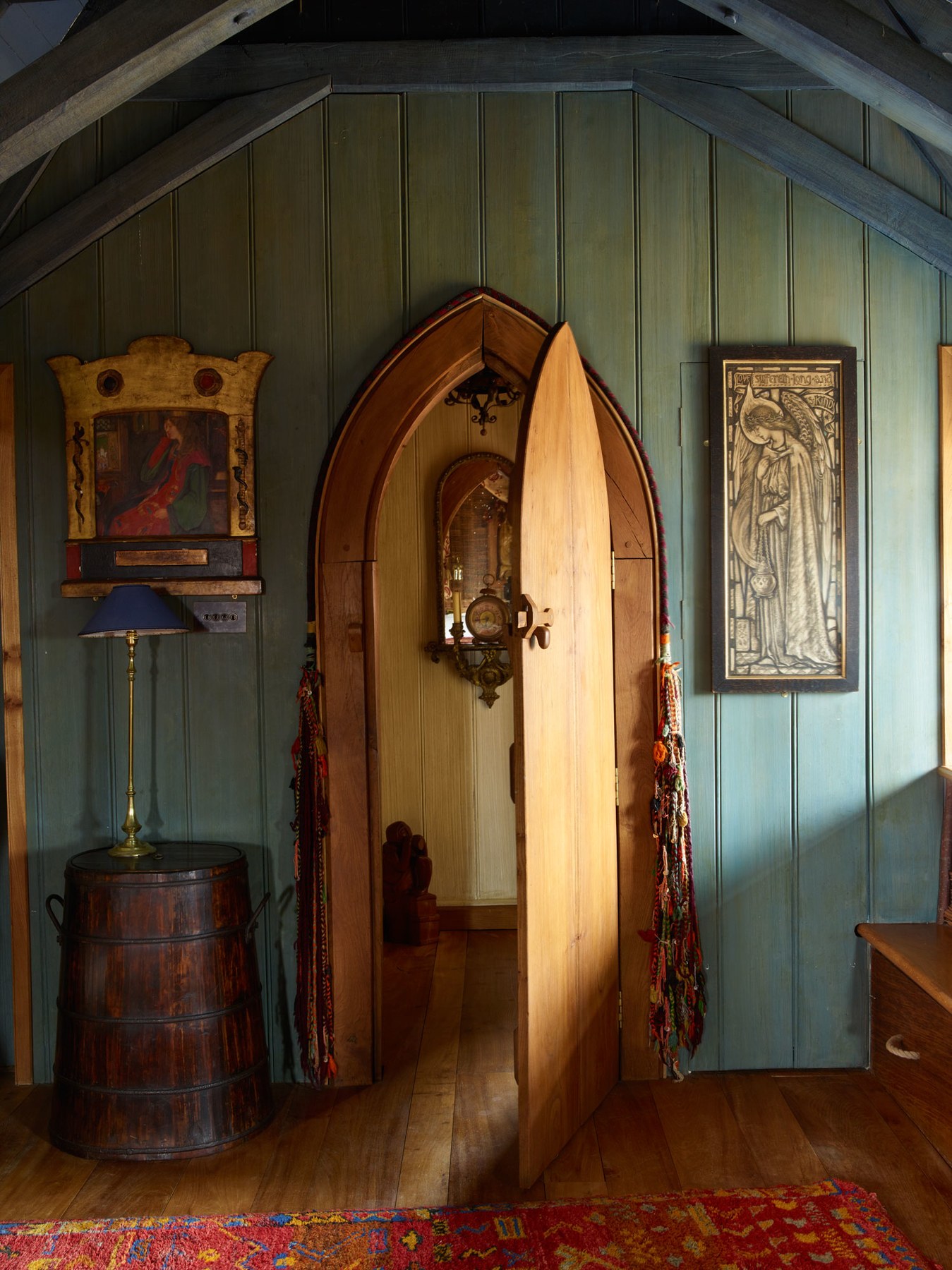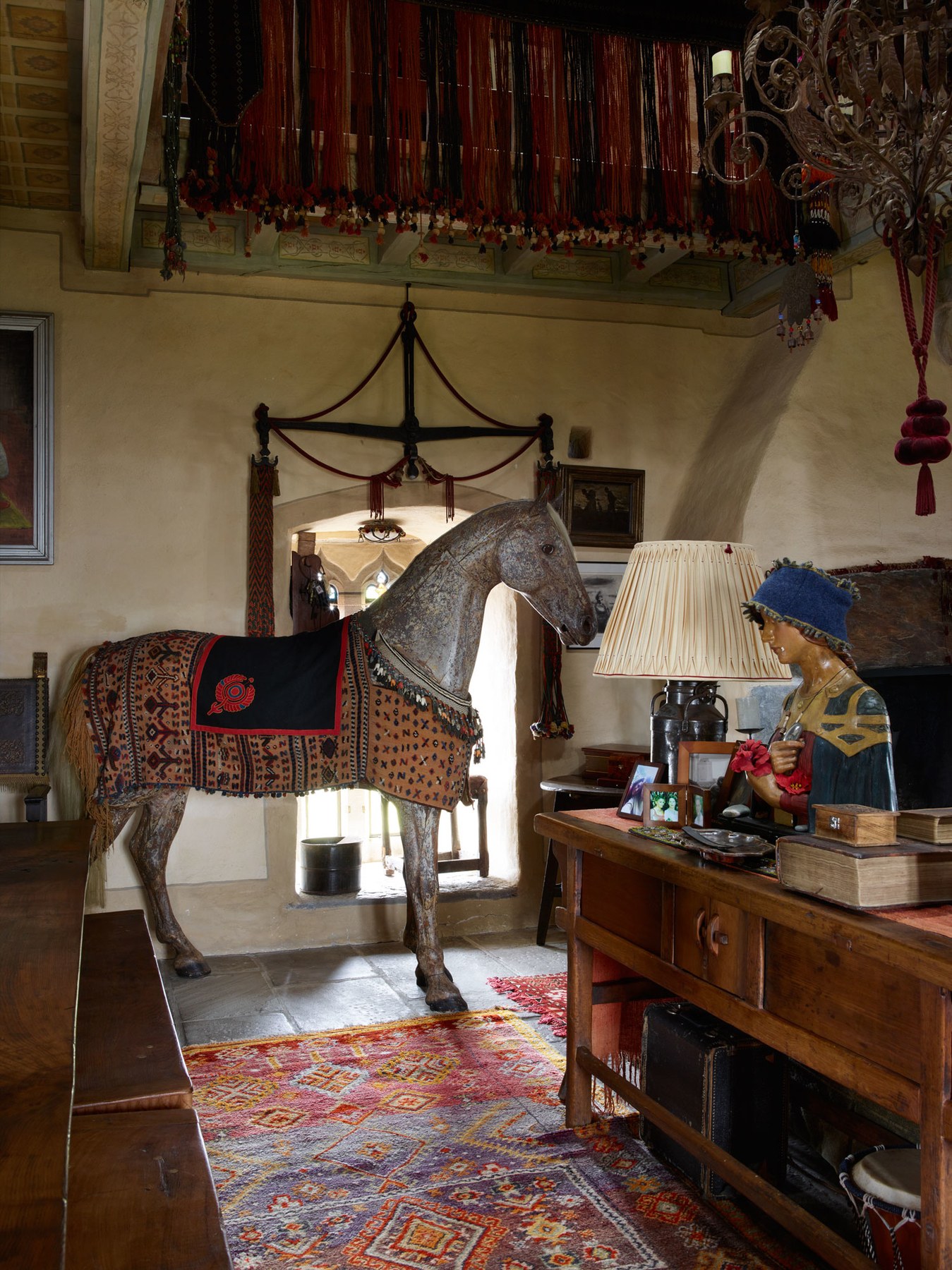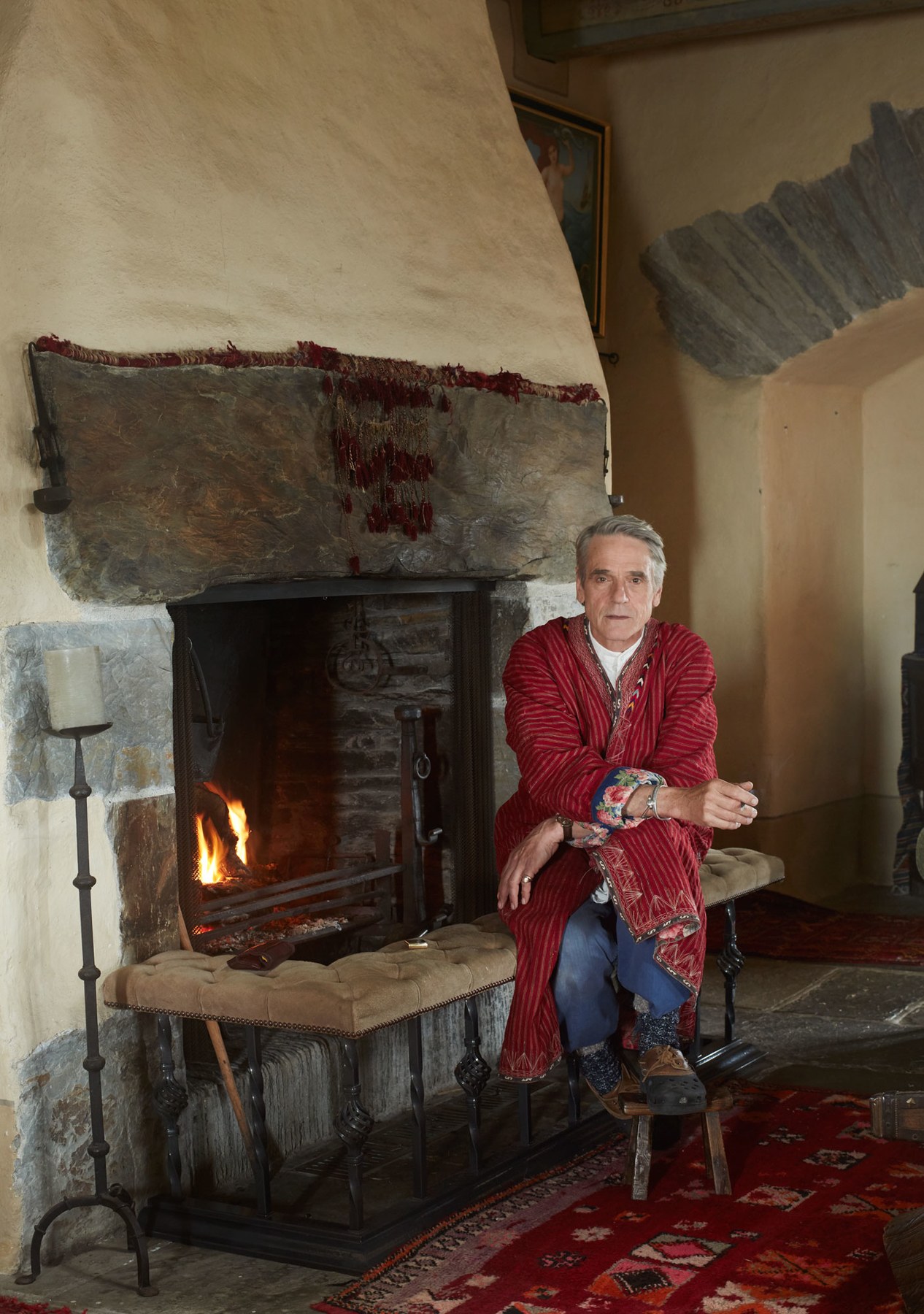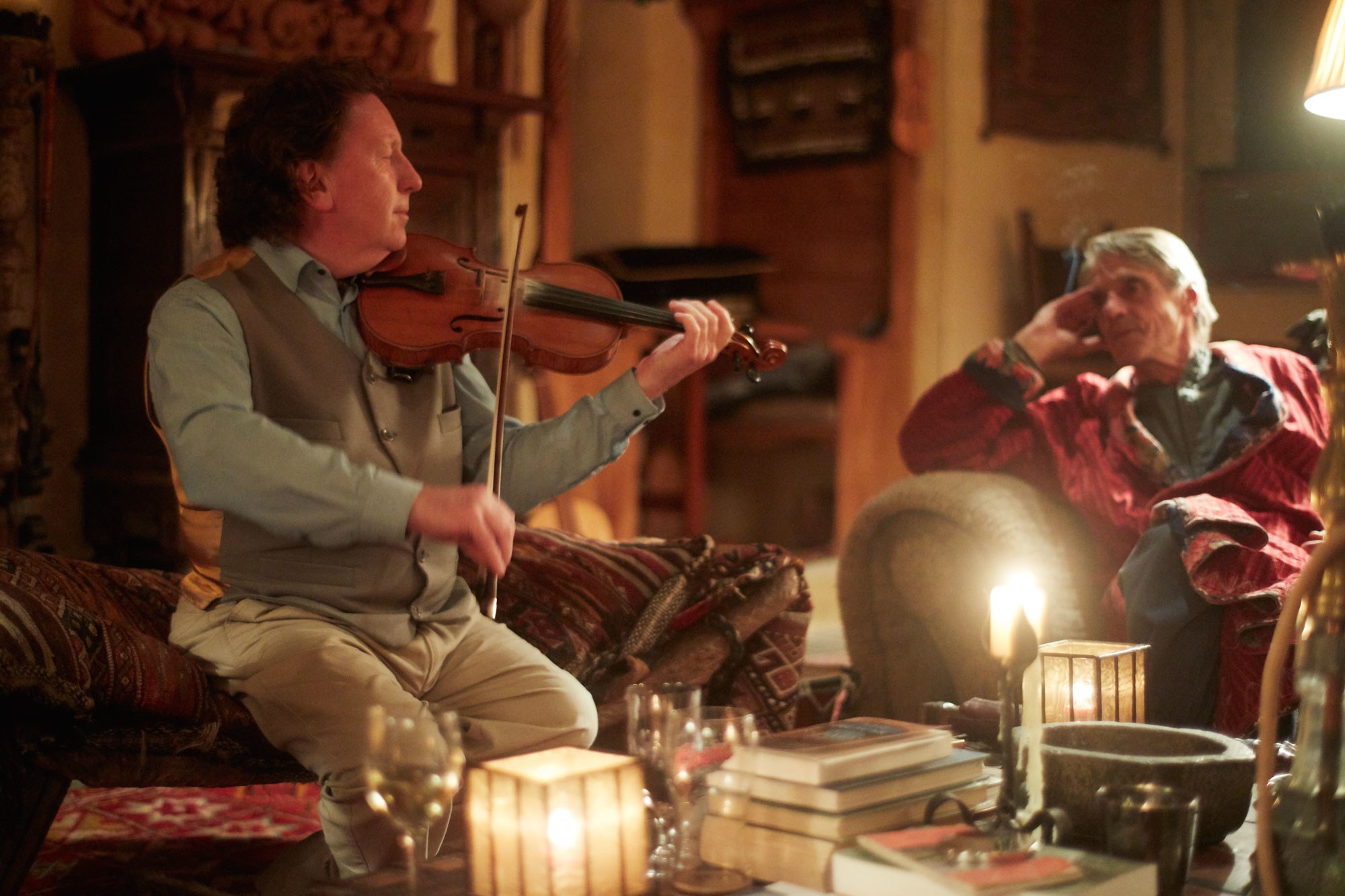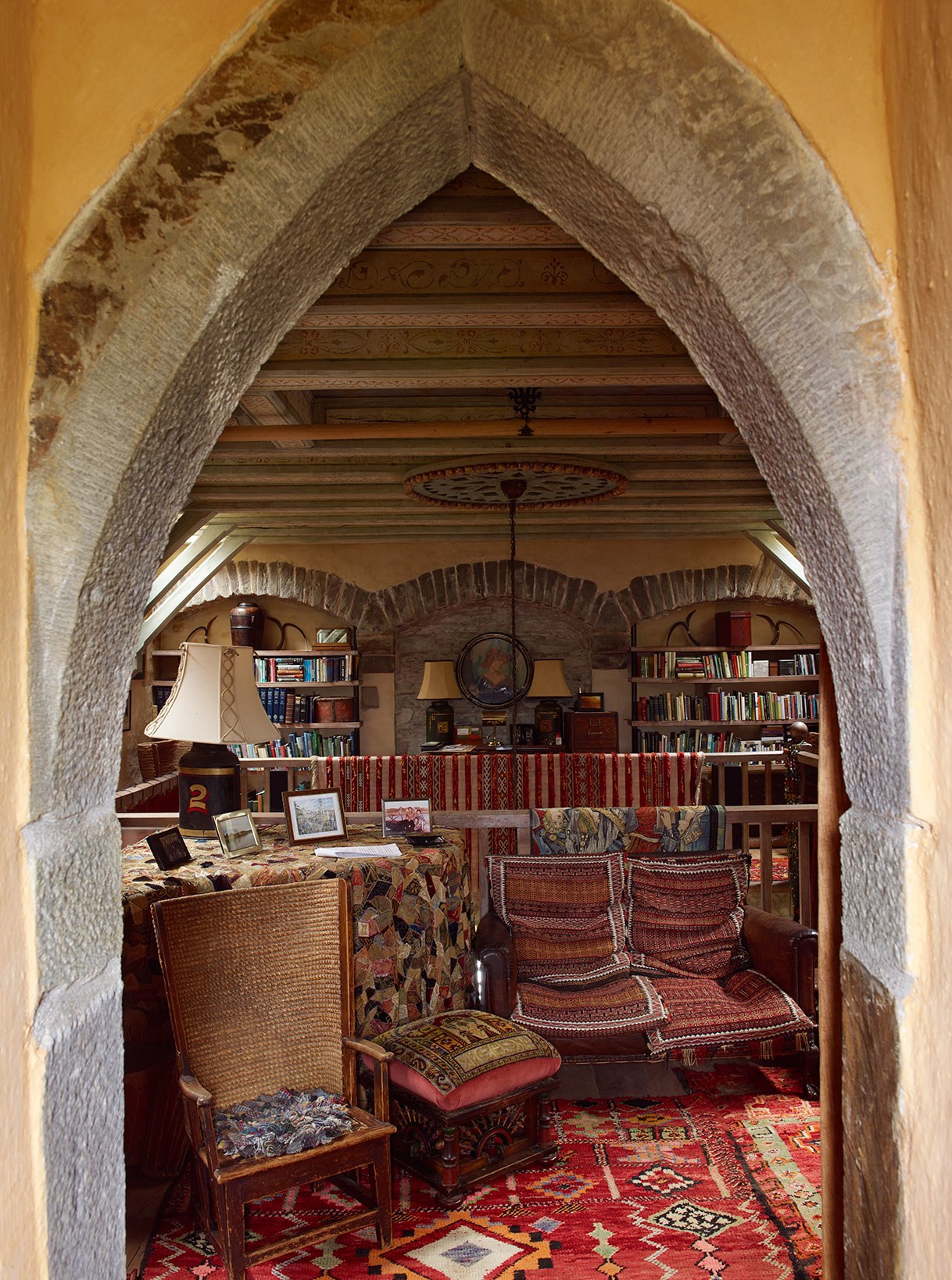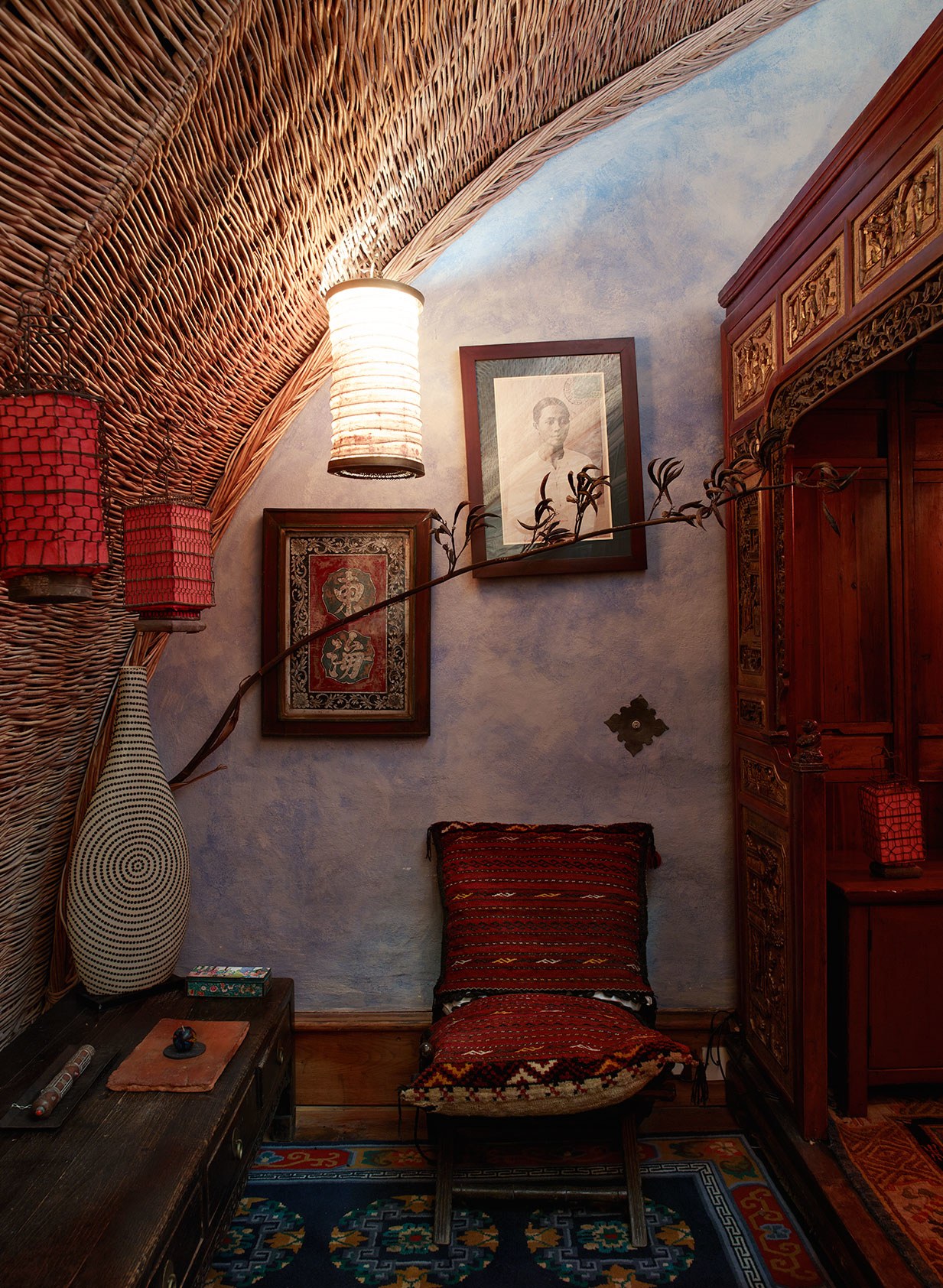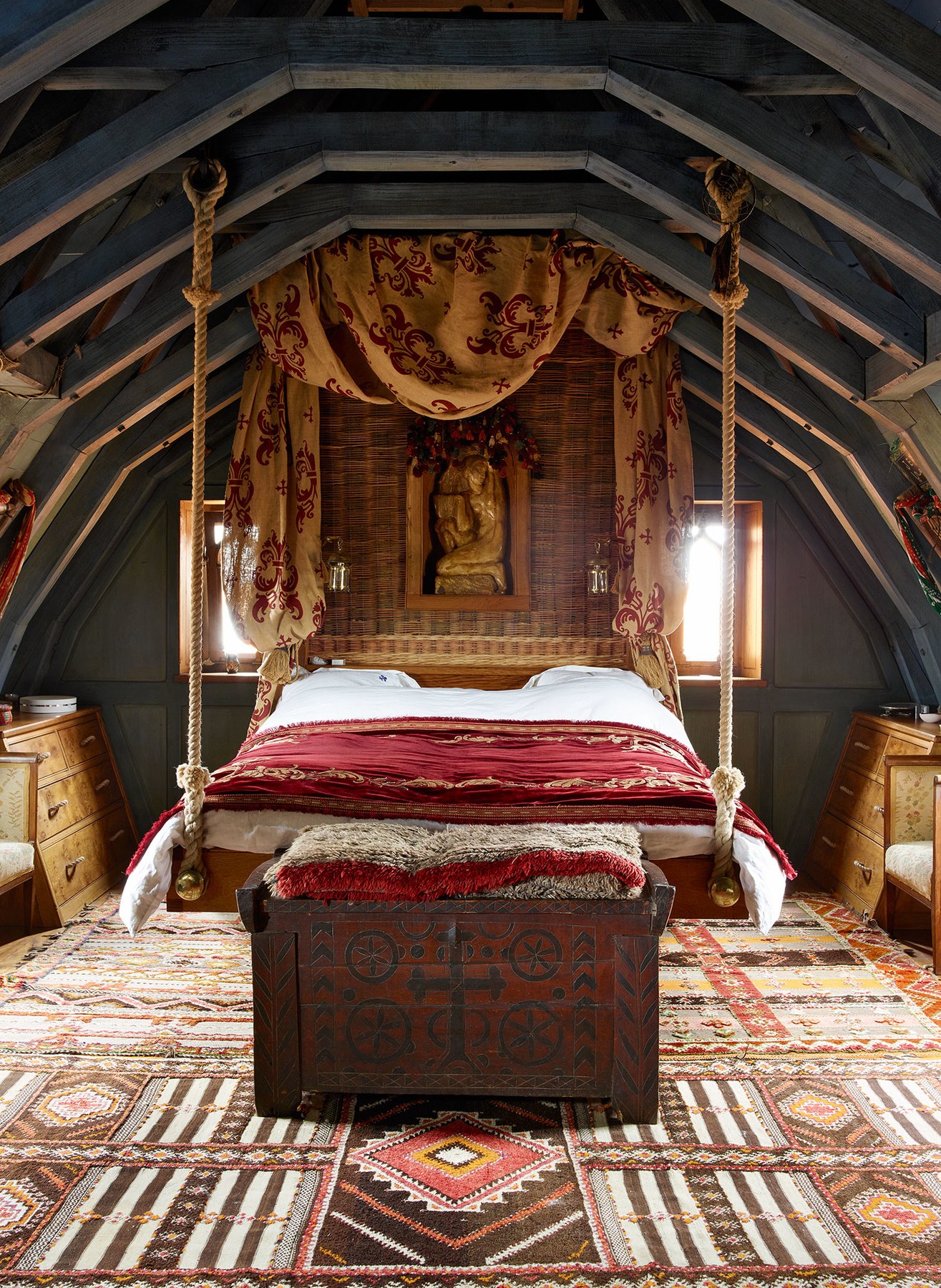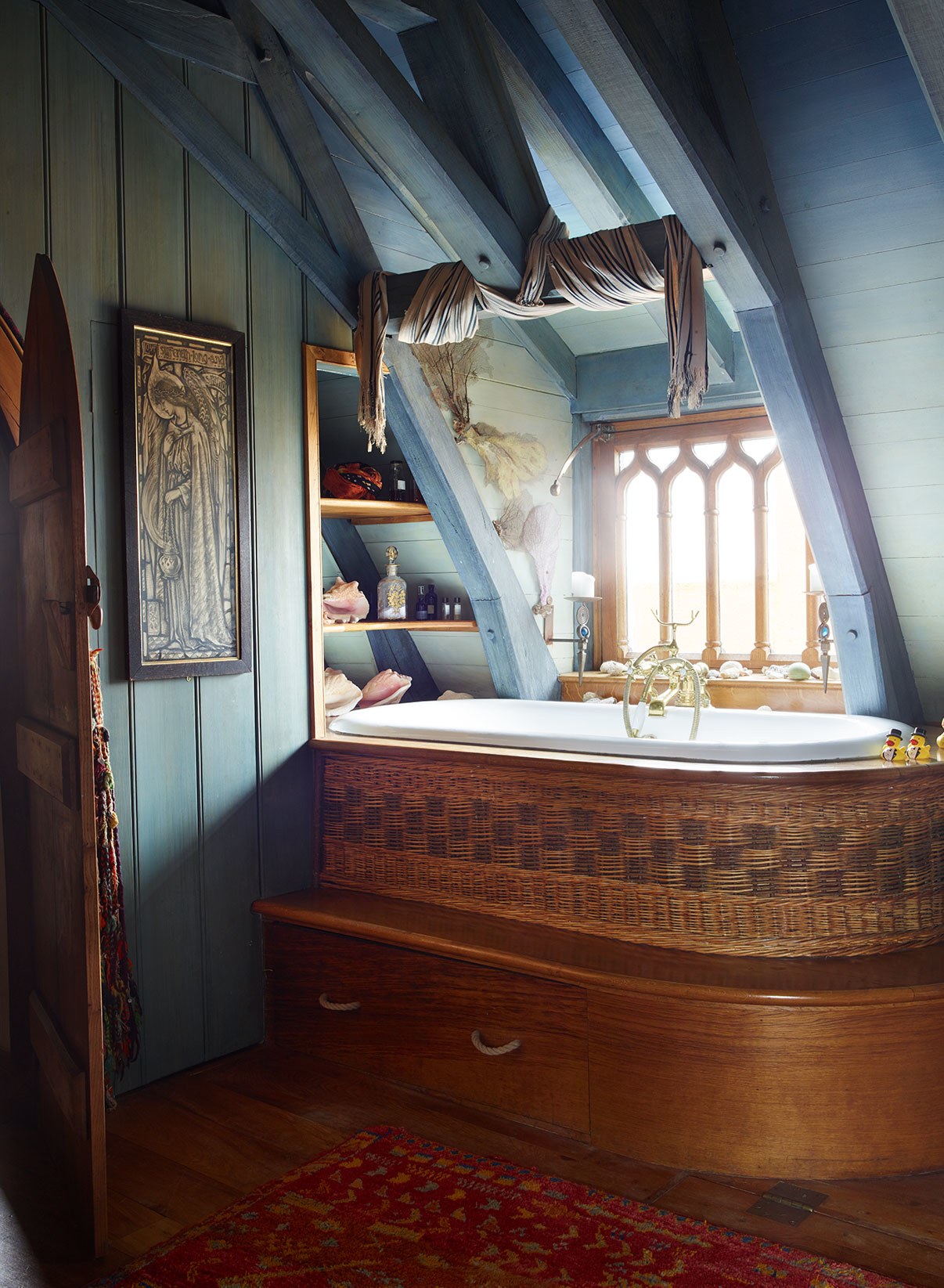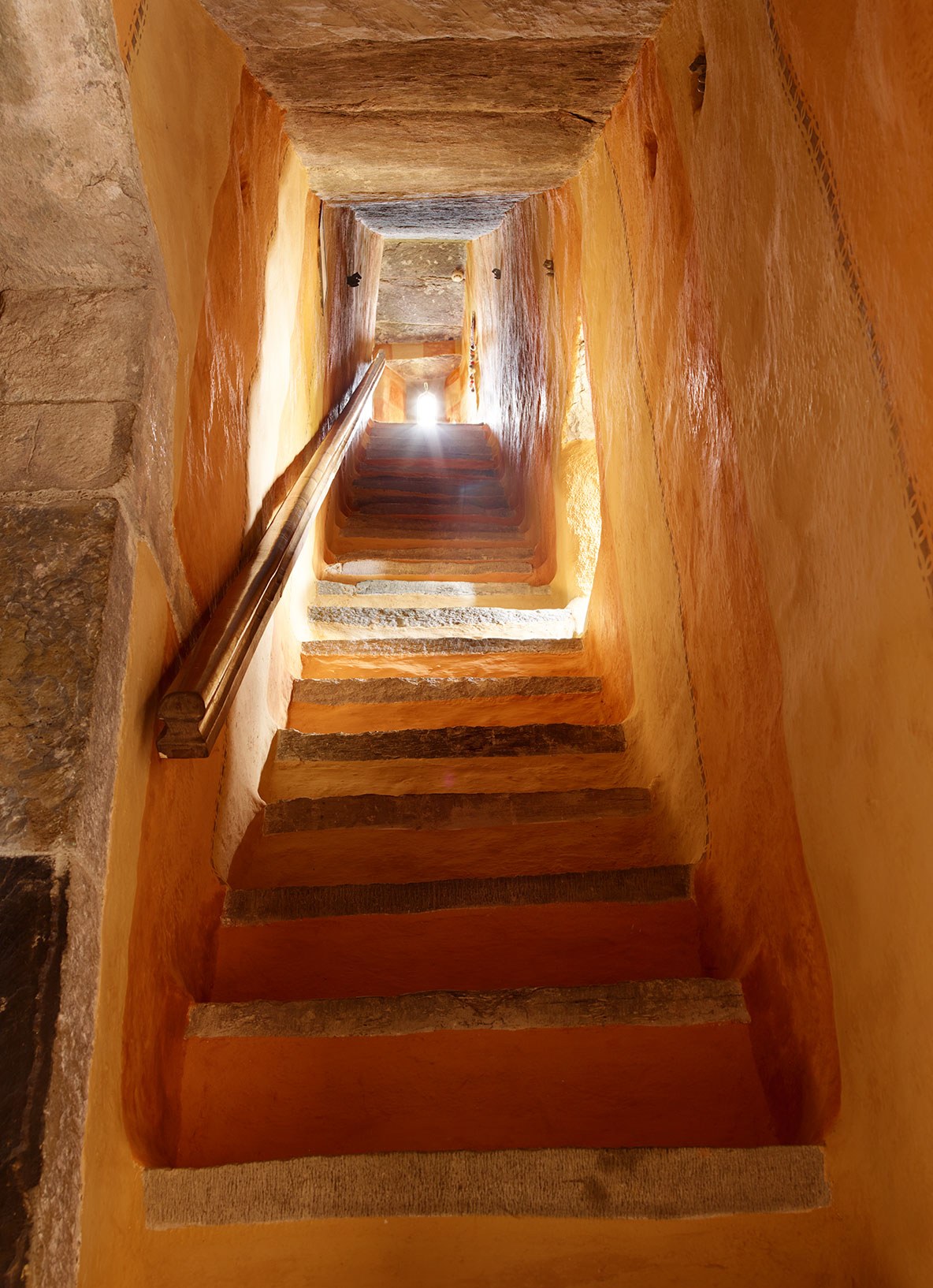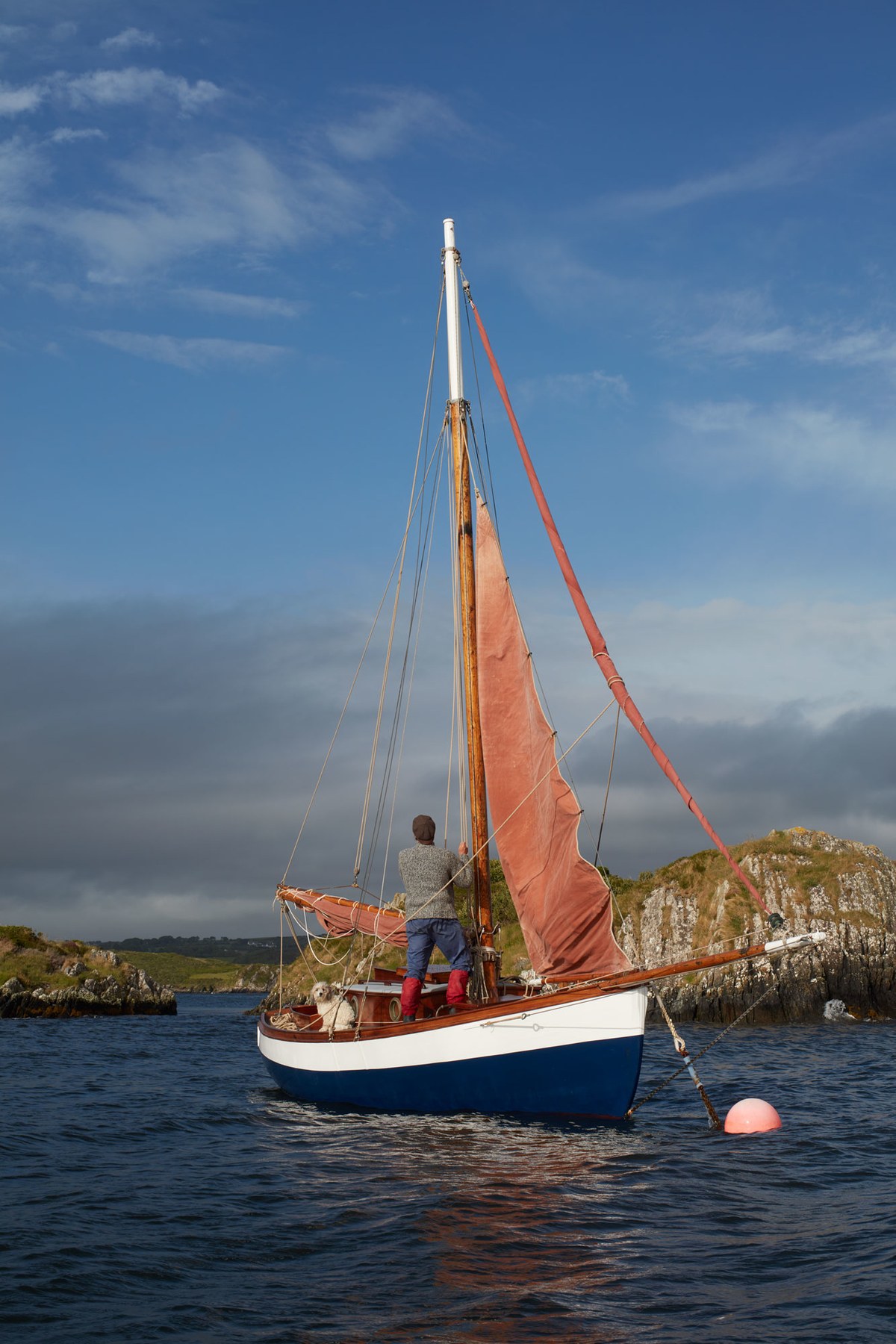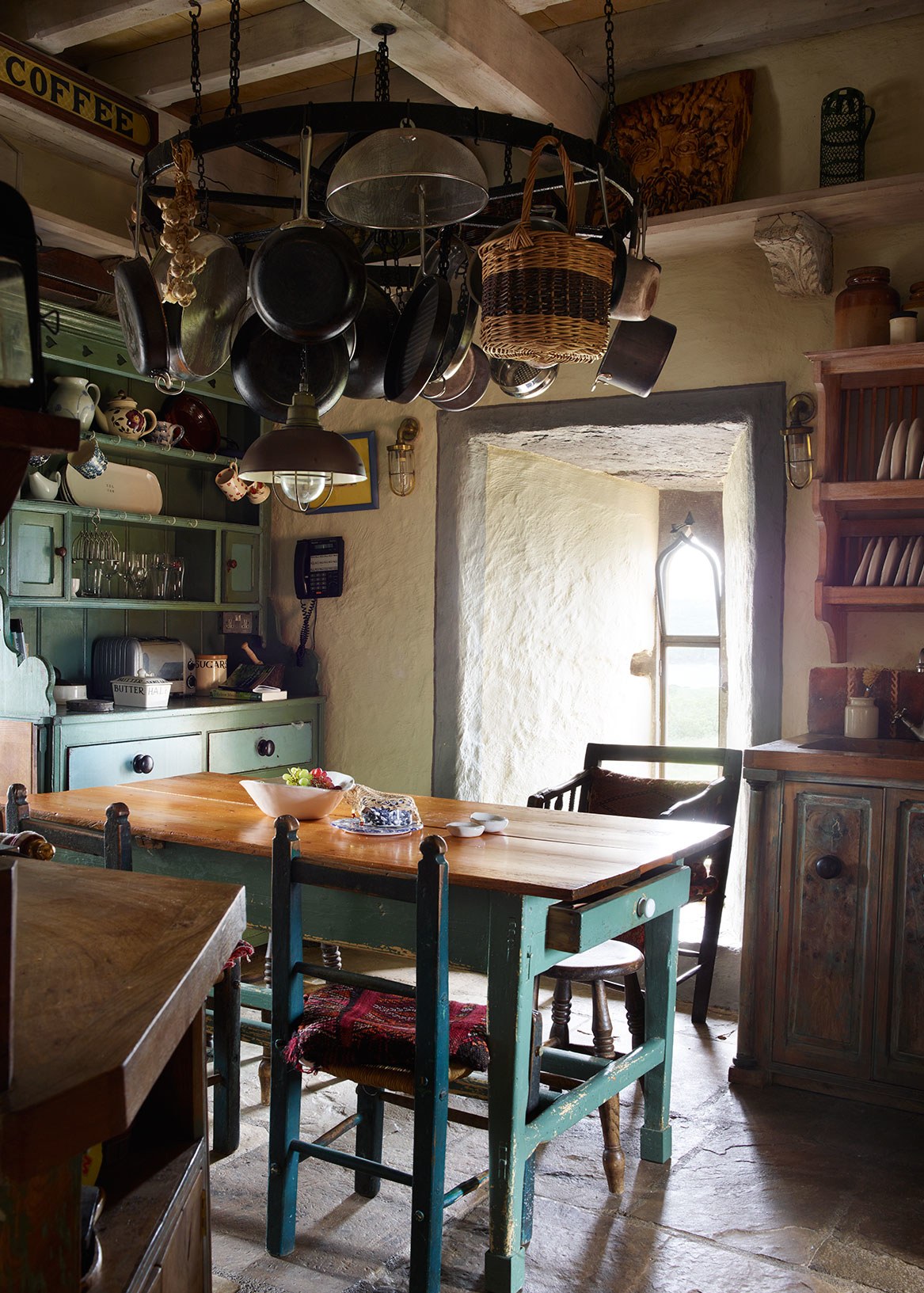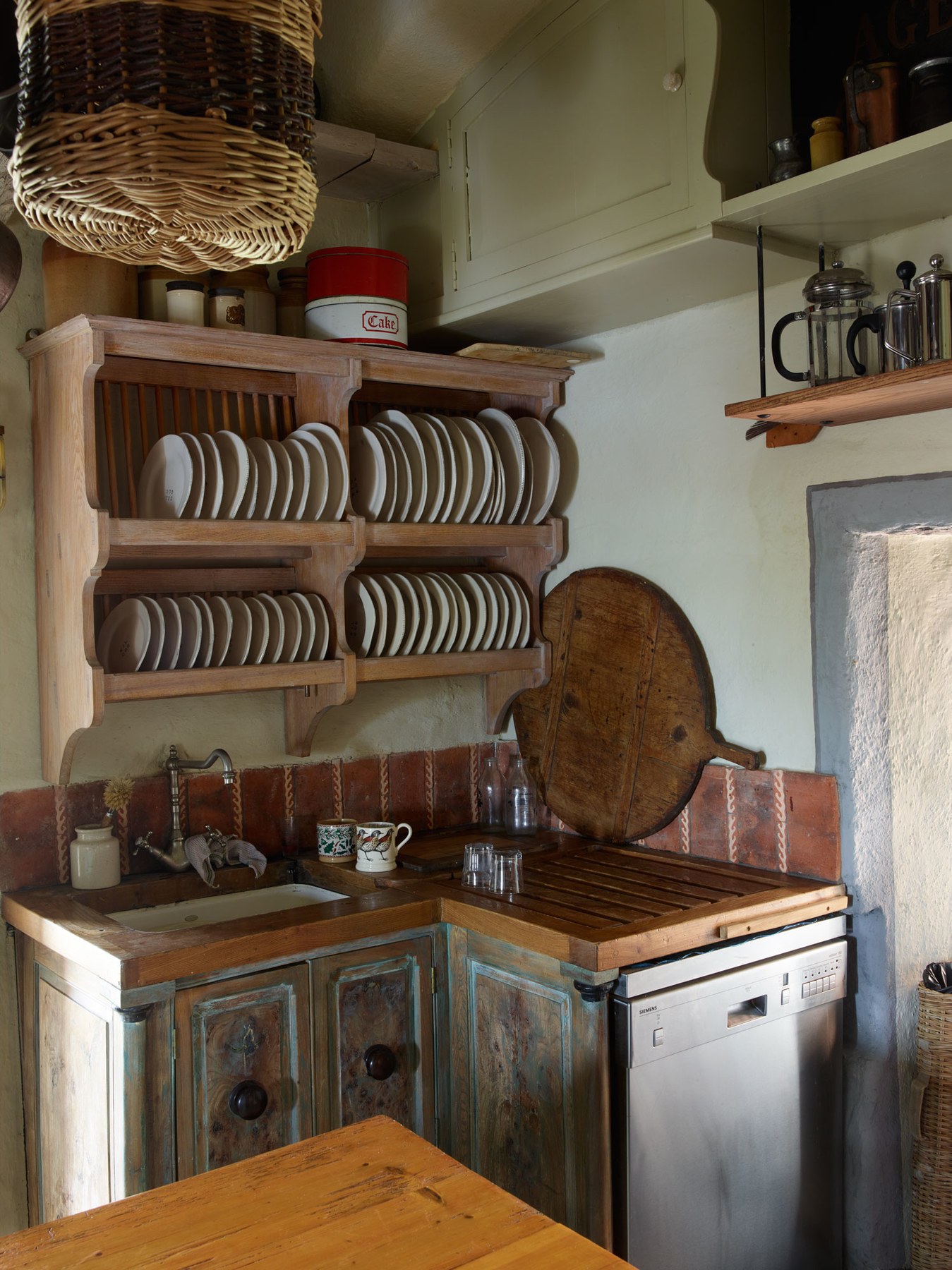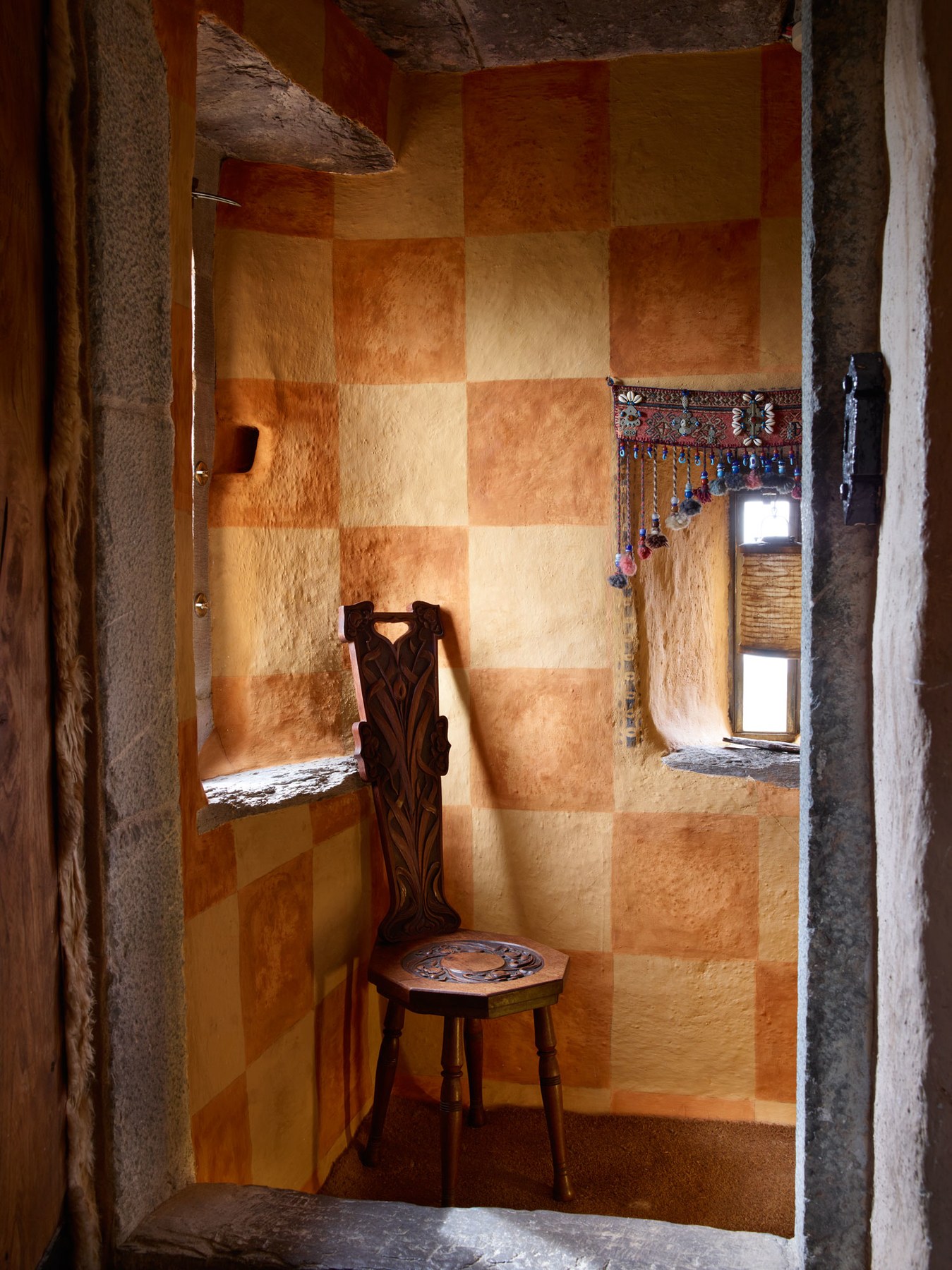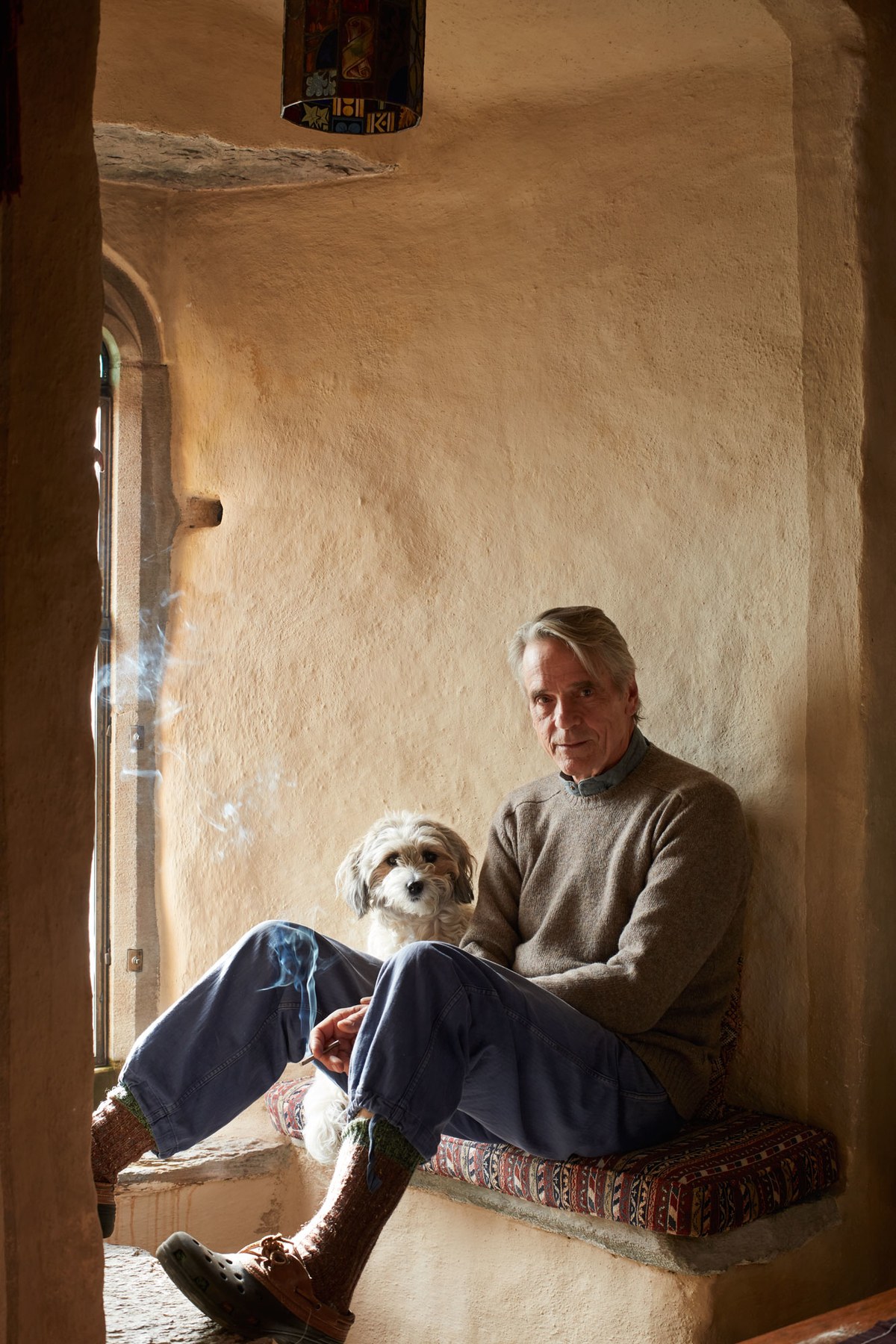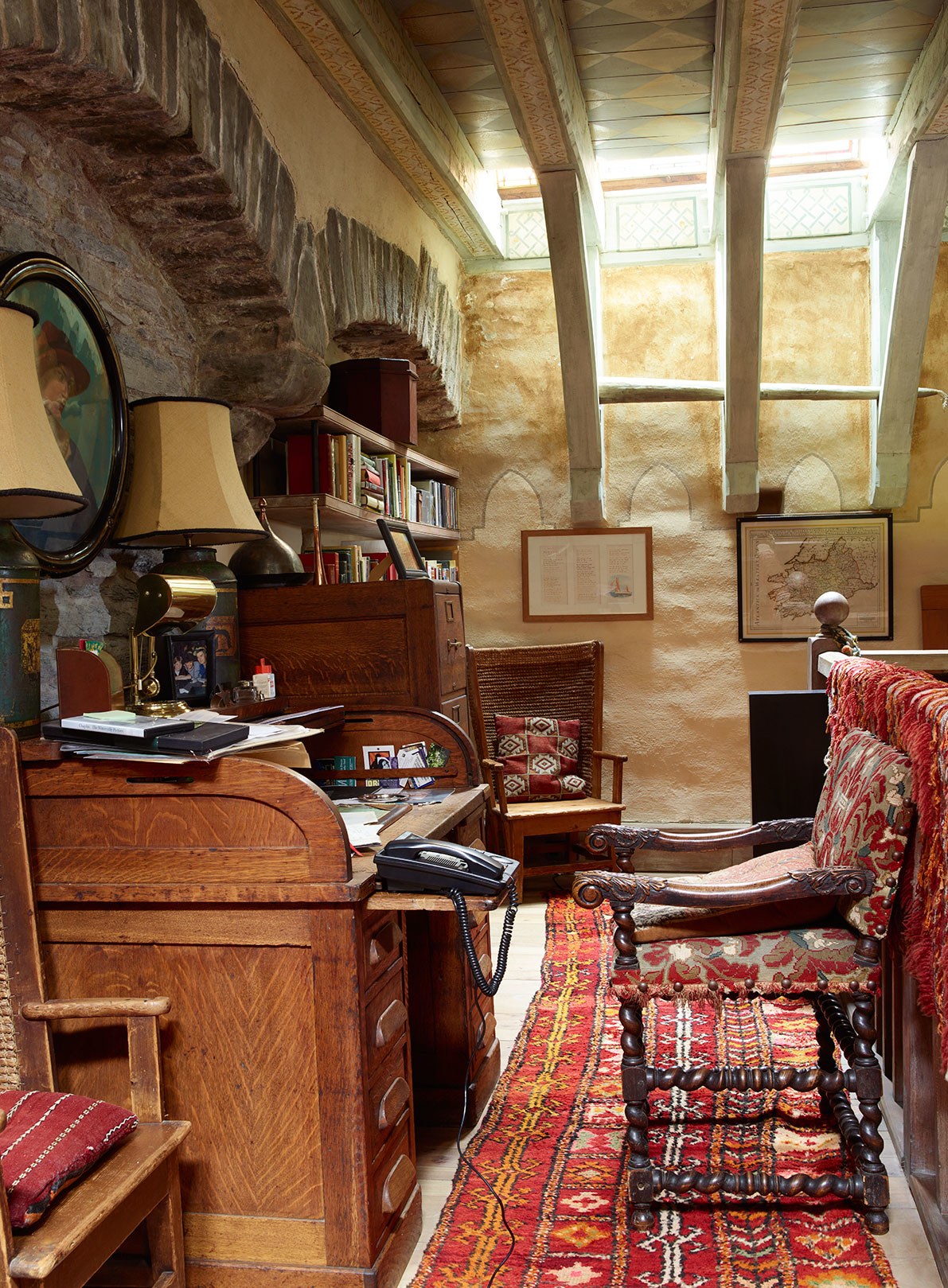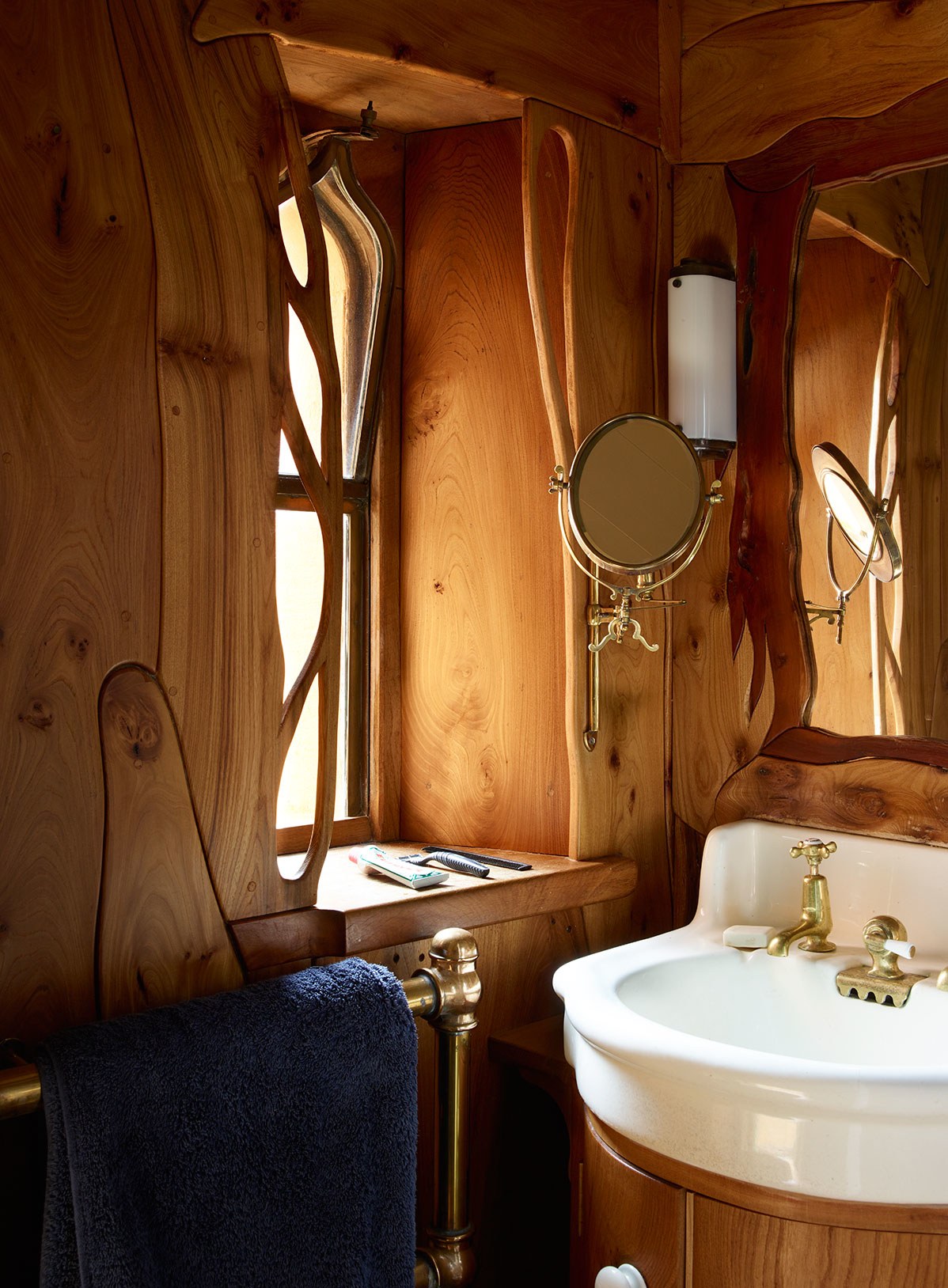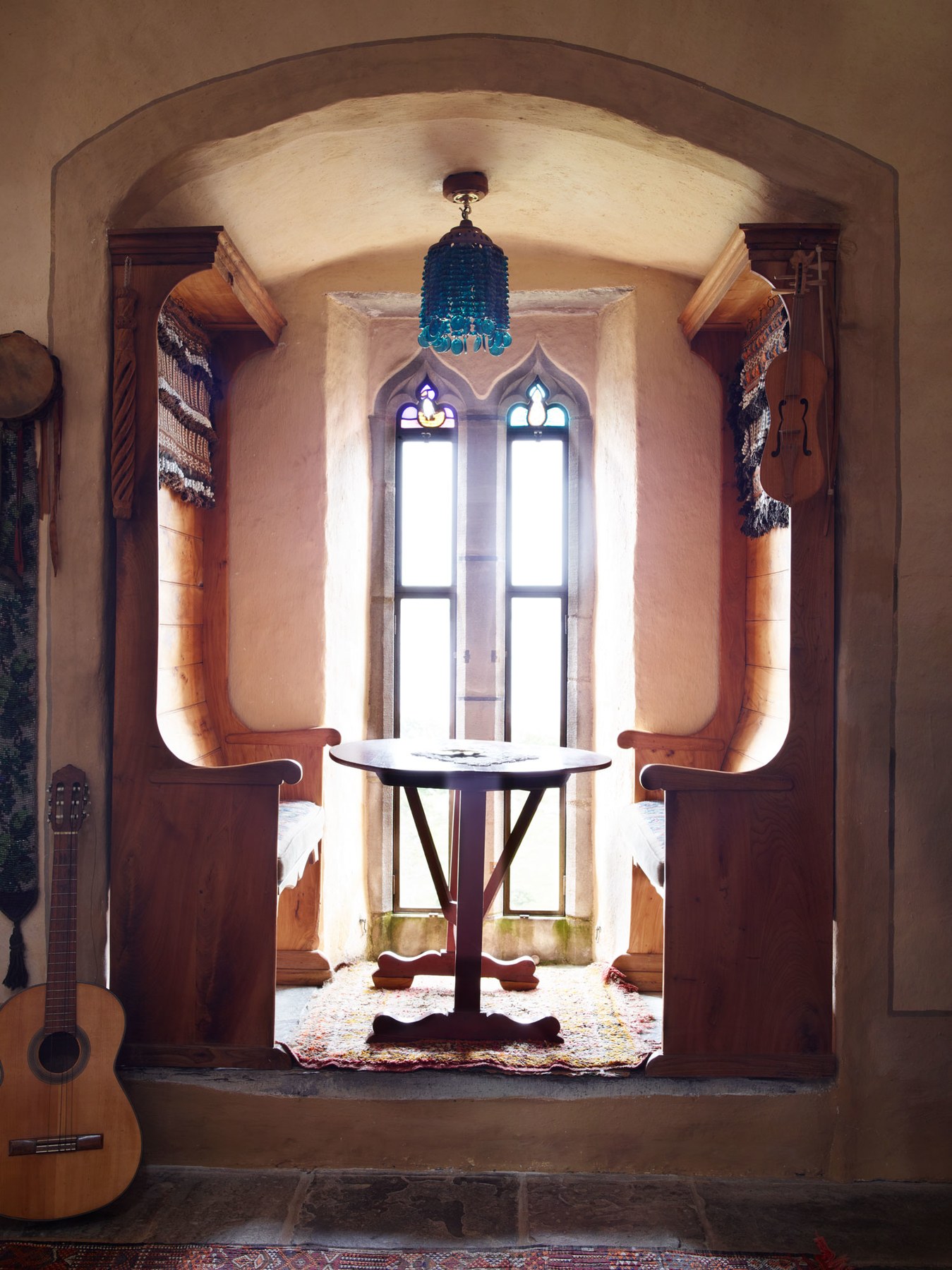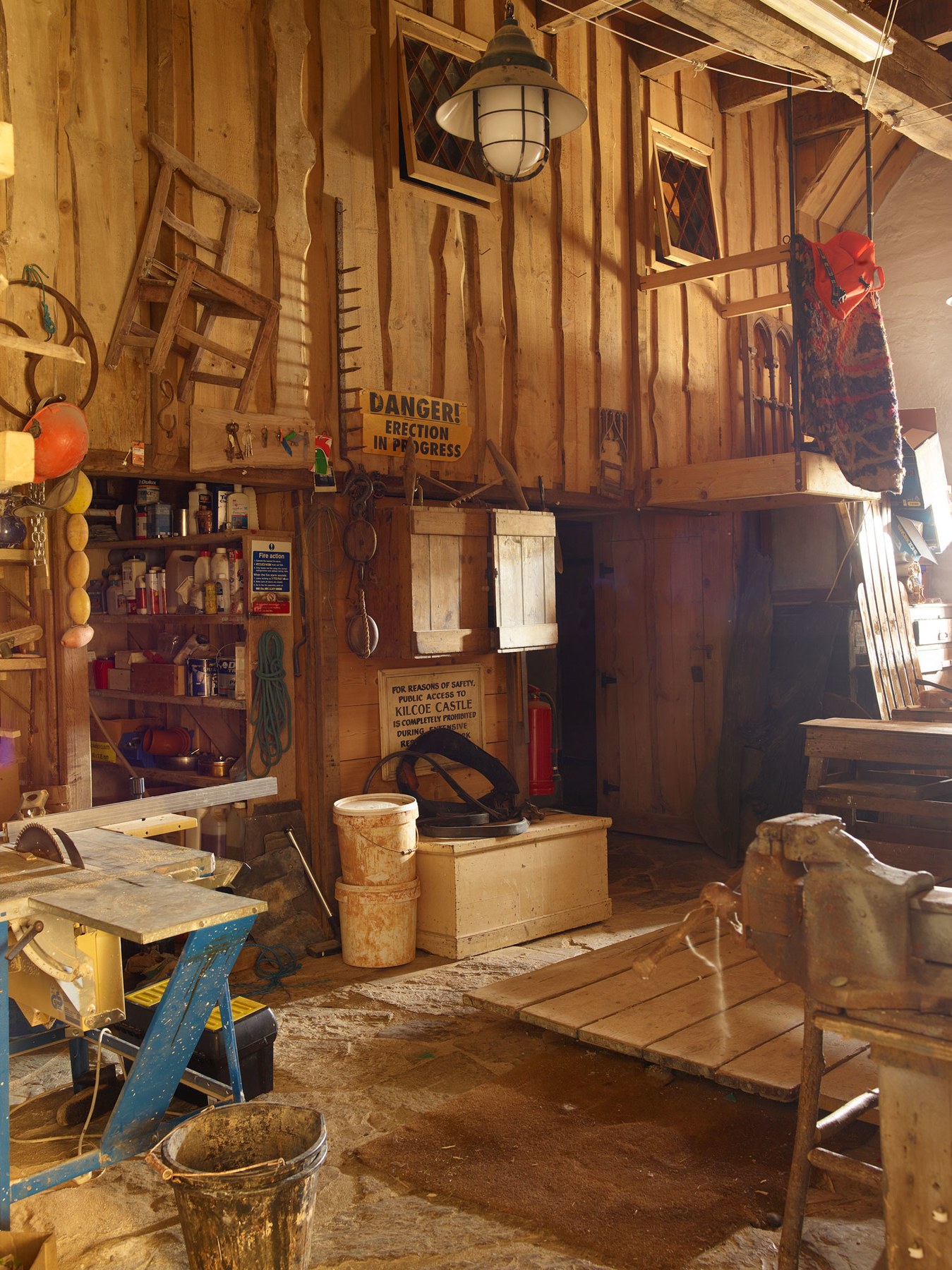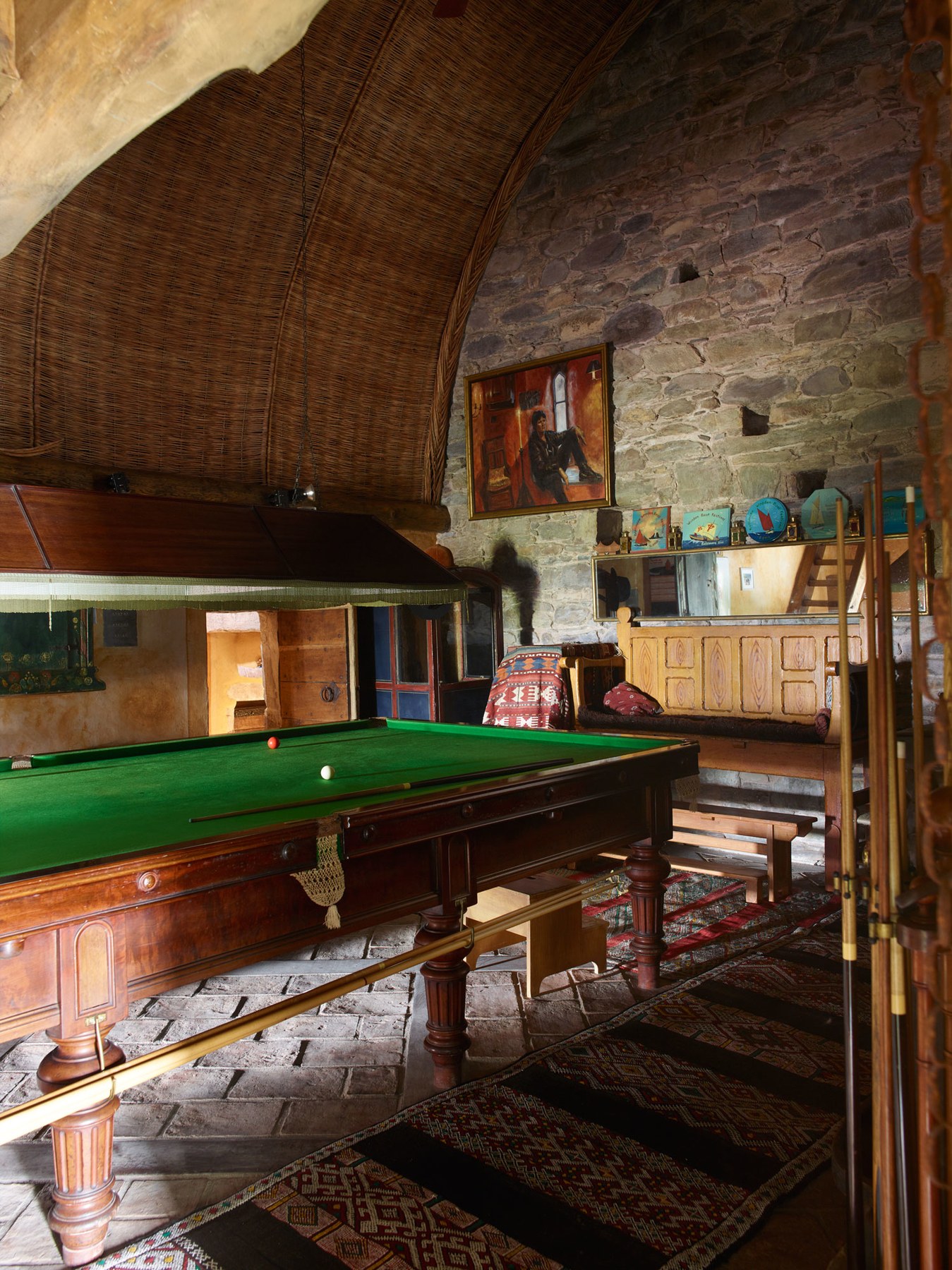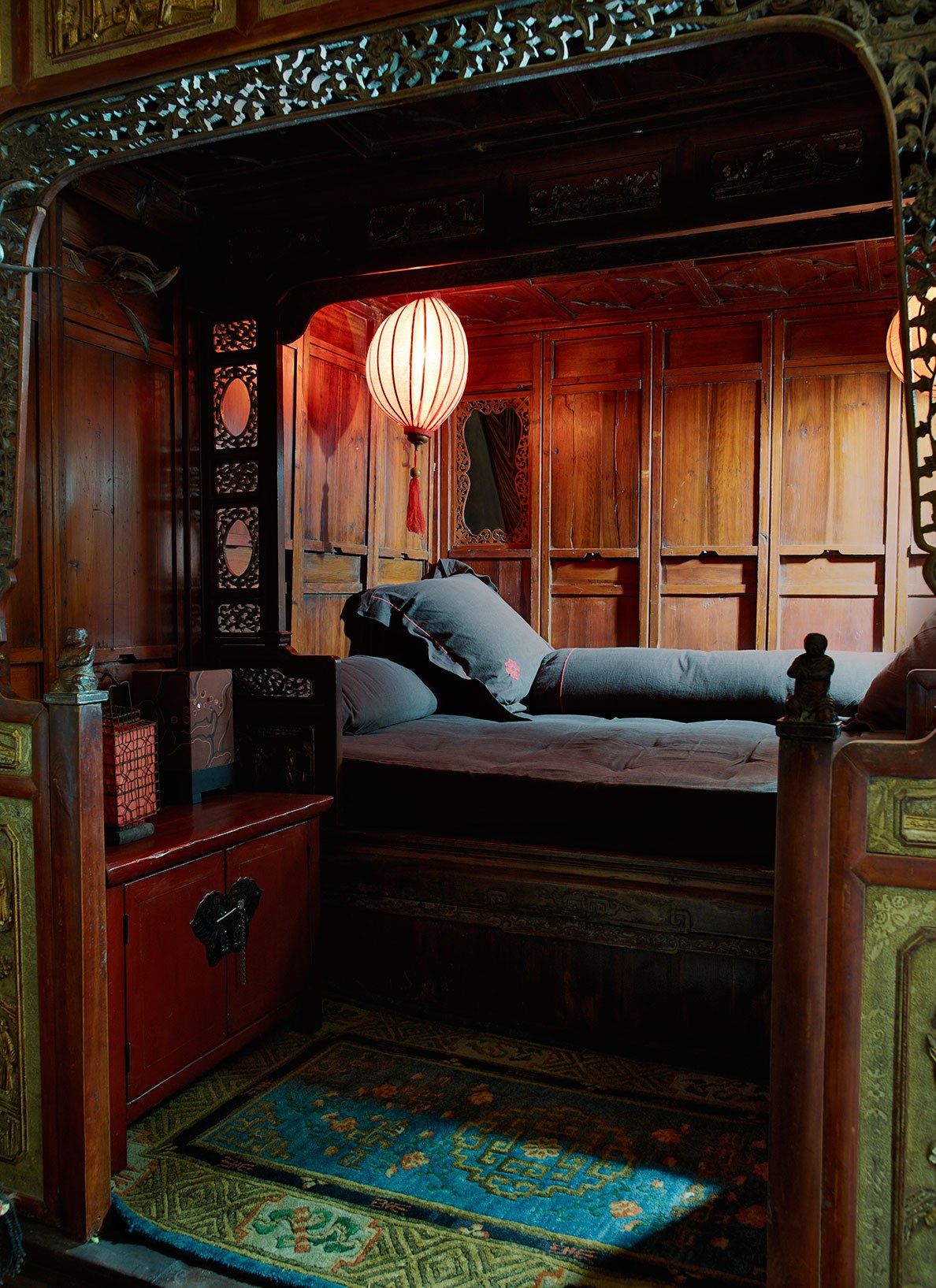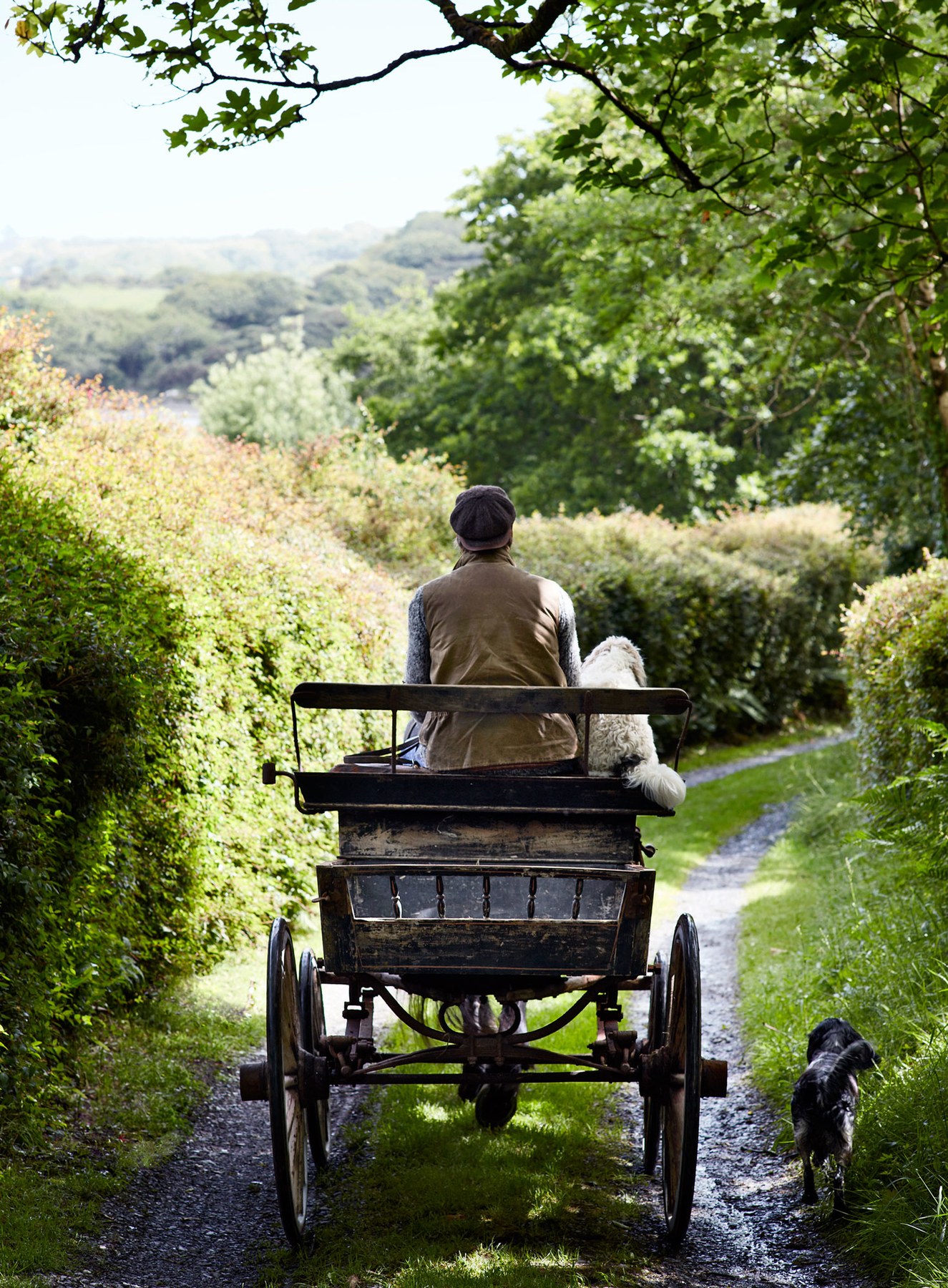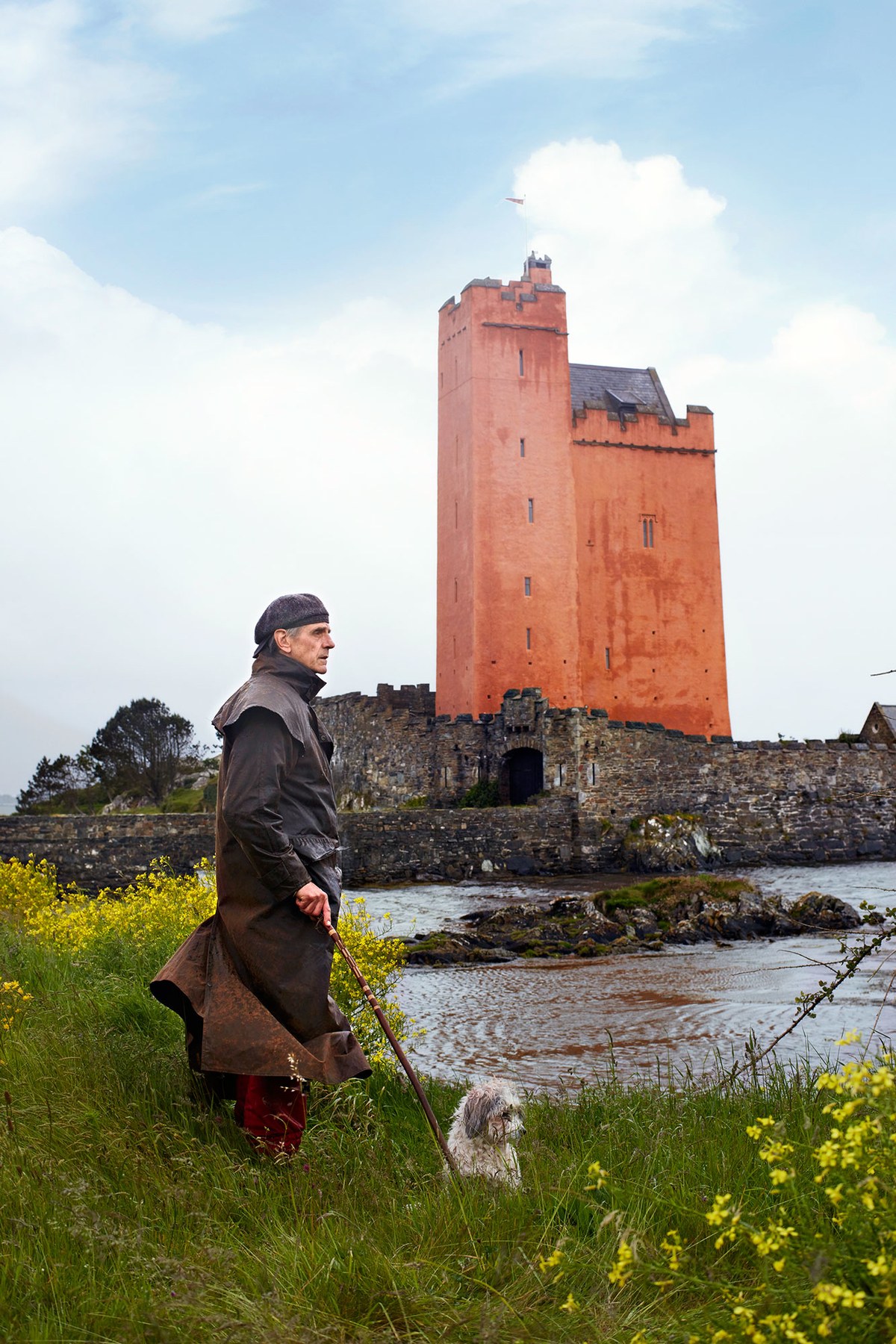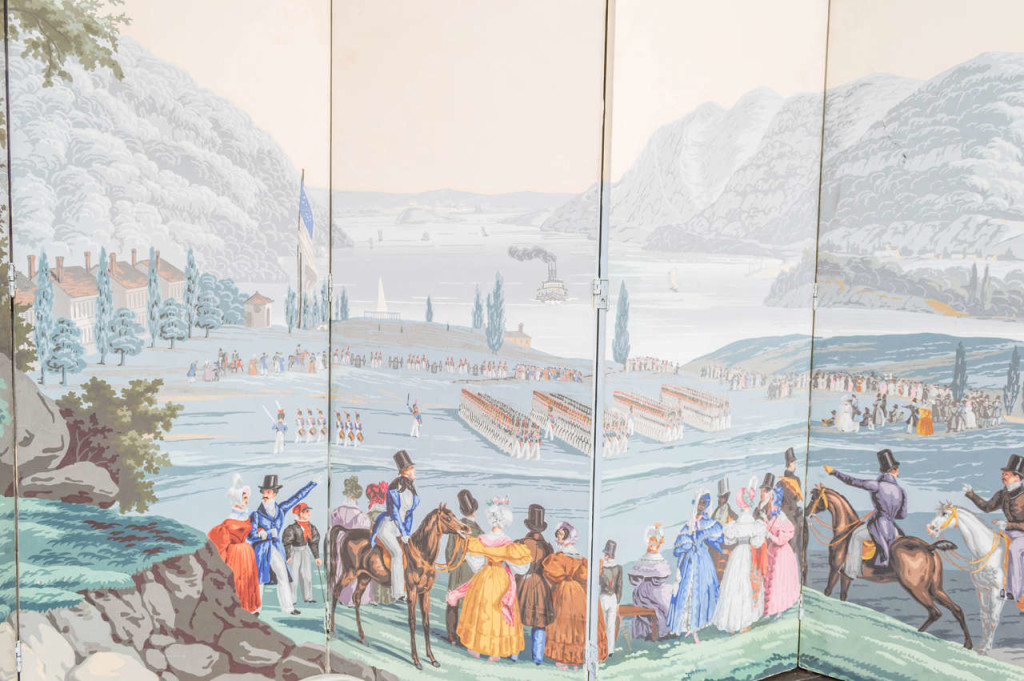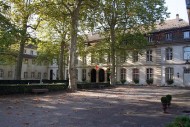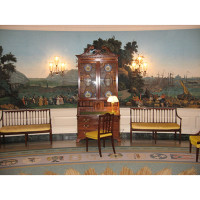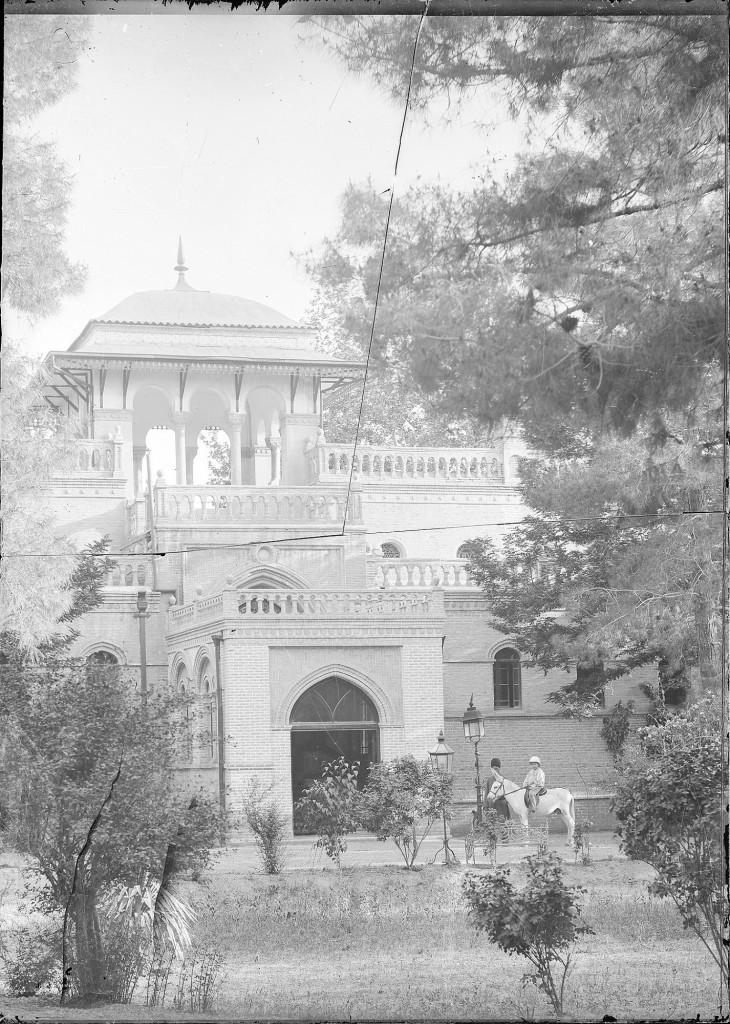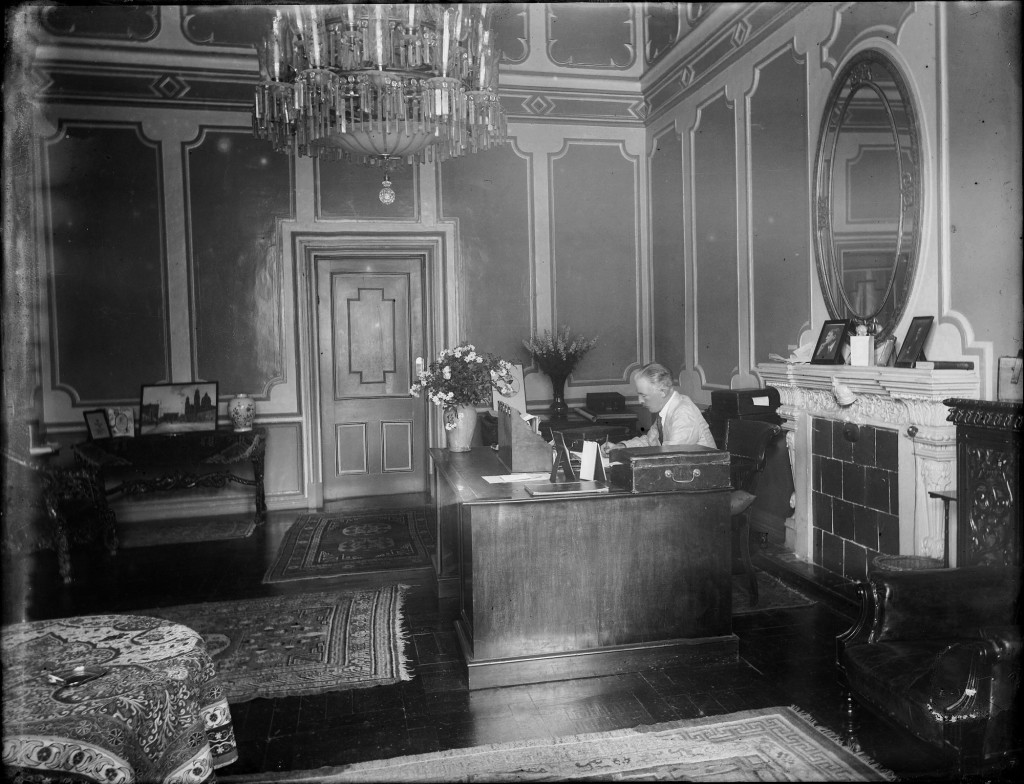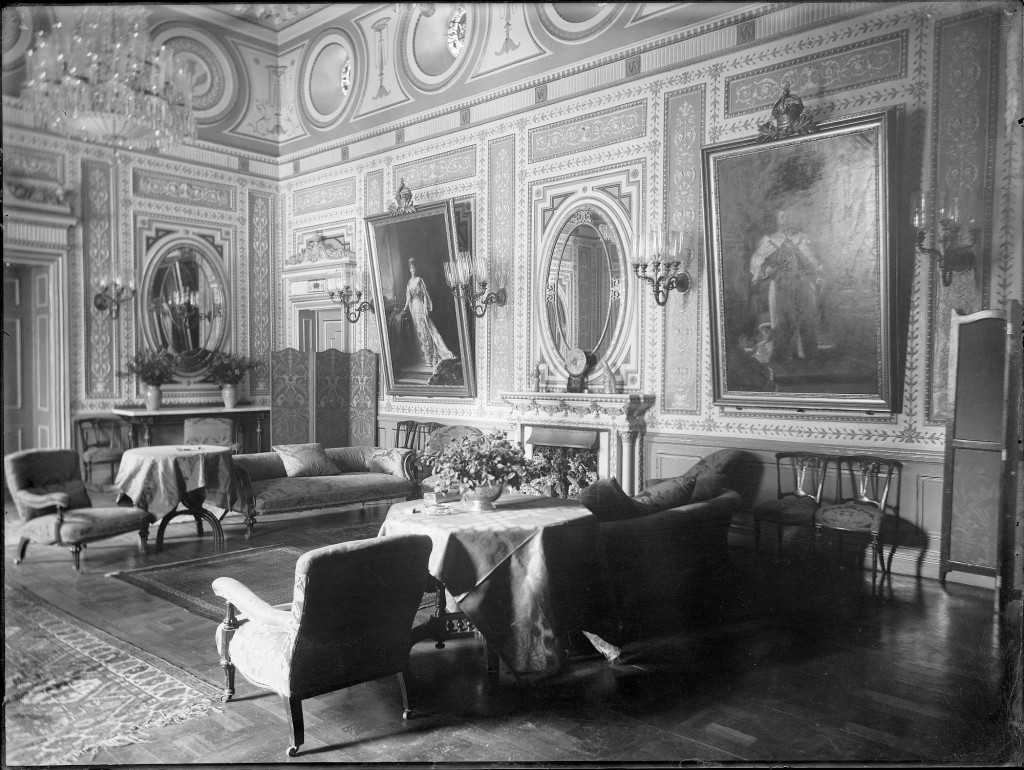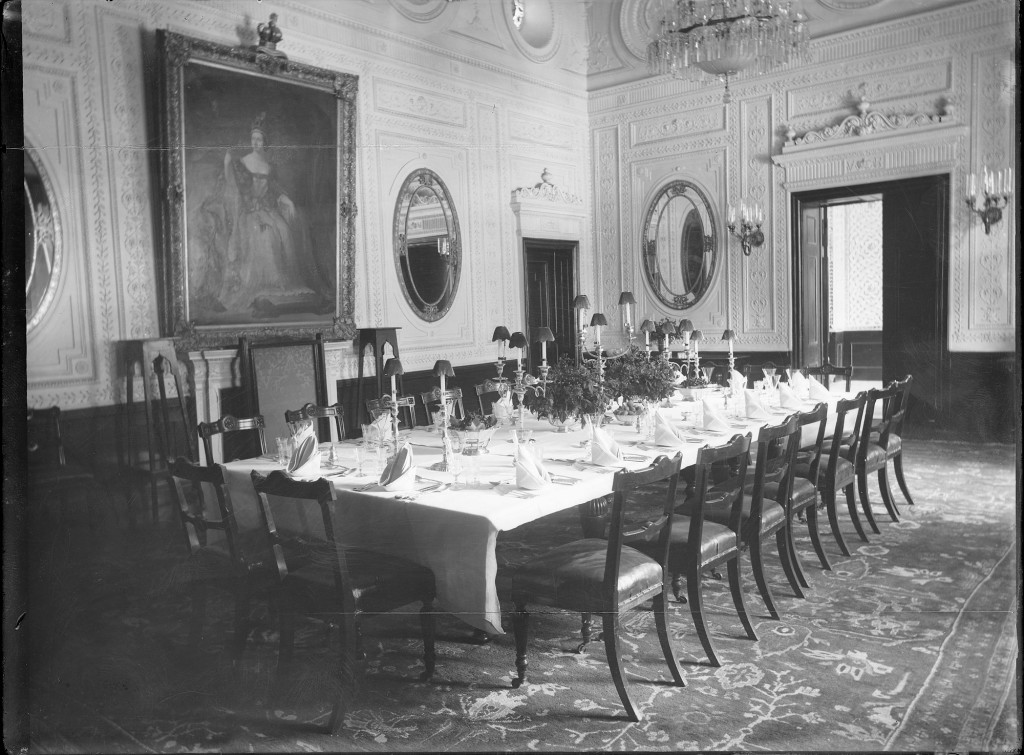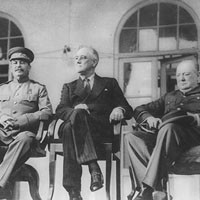Demystifying Antiques: an ASID Evening Event
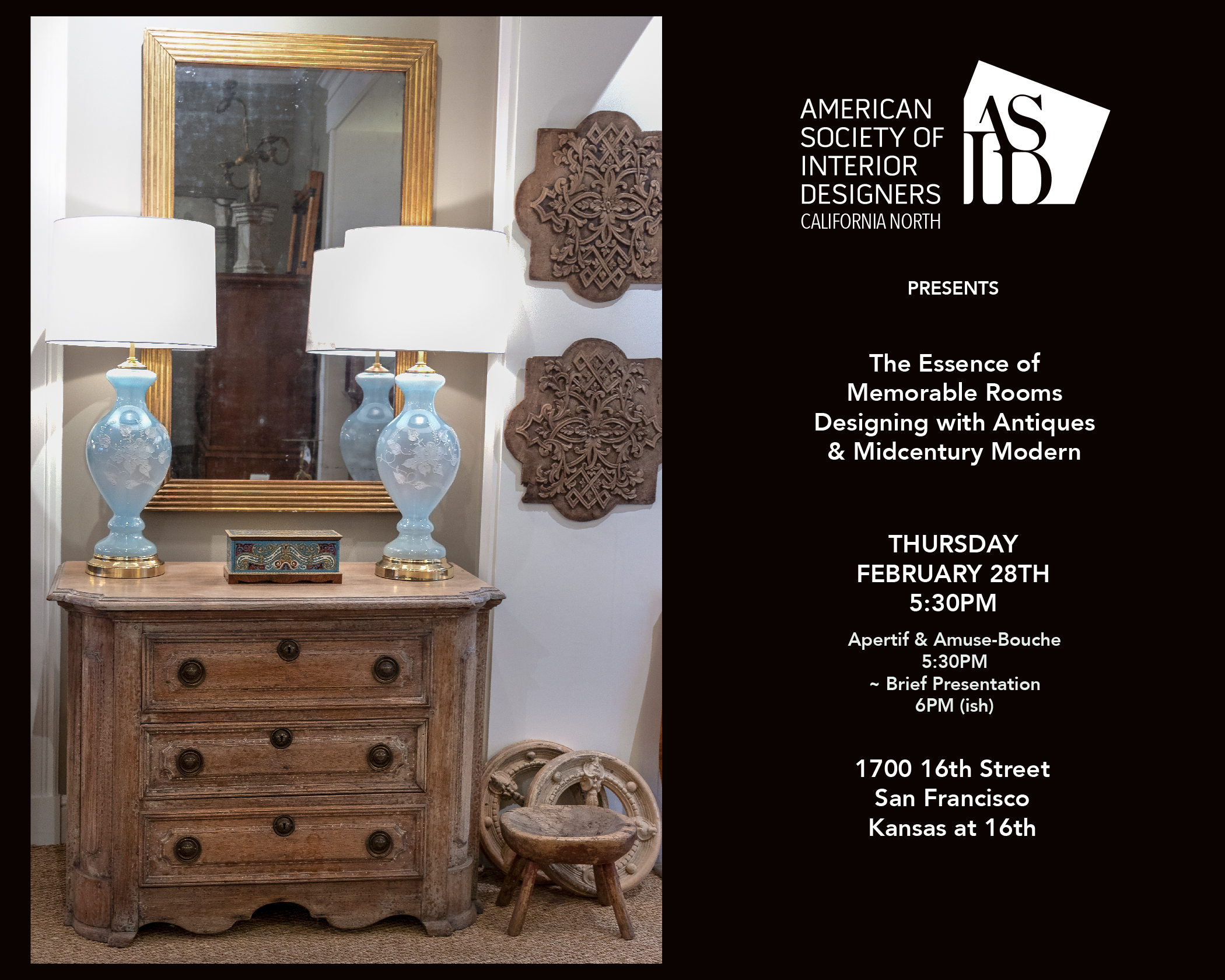
It’s our first event in tandem with epoca in our new location: 1700 16th Street in San Francisco. We set out to demystify the sometimes esoteric world of buying and decorating with antiques.
This is an ASID Members Event for those who intend to buy, design, decorate and collect antiques & mid century modern furniture for clients and their own enjoyment.
Furniture is best experienced ‘Hands-On’. In order to do design, you must look, touch and feel pieces. As of late, the trends, when shopping for antiques & midcentury, presupposes one may rely solely on the internet and furniture web portals to make critical decorating decisions & choices. “Jpegs” are fine for previewing a lovely cabinet or chair but it’s likely you’ll be disappointed once the piece arrives. It is counterproductive to think that one doesn’t need to feel, see, experience a piece of furniture in-person.
Design & Decoration is a Hands-On Affair and So Is Shopping for Antiques & Vintage Pieces!
Experts learn by traveling locally and to various far-flung places. It is edifying to experience in-person, a lovely gilt wood mirror or sterling silver chandelier. You grow by looking, holding, touching these articles and by traveling places and meeting various dealers and resources––whether it’s that vintage store in the Mission or with your own car & driver visiting the fabulous Flea Markets of Paris & throughout the bucolic English Countryside.
So, don’t be shy. Visit the dealers’ shops & galleries available to you. See what catches your eye. Be persistent and ask questions. Dealers love to talk about their pieces, and the more questions you ask the more you will learn, and understand developing your own eye. You can learn a lot by expressing genuine interest and engaging with the different dealers and galleries. San Francisco has a full panoply of artisans, crafts persons, designers and design resources at your behest. Our Design & Decorative Arts Community is rich with history and bonhomie.
The good dealers know their stuff. When you the find ones you like and trust, establish a rapport with them. These professionals will teach you a lot.
Read books! ..consult internet guides, take-in lectures ( i.e. ASID, Institute of Classical Architecture and Art (ICAA), Art Deco Society of San Francisco, San Francisco Fall Art & Antiques Show ). Compare the information you read to the knowledge you gather through your conversations with the various dealers. And by all means, share your own growing expertise to “pay it forward”.
Instant gratification! Visiting antiques galleries in person means when that when you find that perfect armchair, side table, low table or precious box, you can take it with you which is so much better than the anxiety & added cost of having the piece shipped from–well, who knows where.. Have it now. Place it now!
Recycle, Reuse. The materials and workmanship found in antique furniture just cannot found in the furniture that is mass-produced today. These pieces were crafted with care. They have endured the test of time and they still look fabulous. (How many of us can say that for ourselves?!) These are prized possessions that have been handed down through generations and cared for lovingly. It is our heritage and they are now in our care. We curate these pieces so that they will exist for future generations to enjoy & ponder.
We do hope you’ll join us Thursday, February 28th to enjoy a cocktail, appetizer and some engaging conversation. Come and mingle with fellow ASID members, introduce yourself and circulate through beautiful furniture and accessories.
Since moving Garden Court Antiques at the beginning of 2019 we’ve been hard at work combining our 18th century European country aesthetic with the sophisticated midcentury stylings of epoca. We are more than pleased with the results–its just fabulous: the layering styles, periods, textures, colors is a somewhat maximalist approach that encourages your eye to wander and your imagination to soar.
We look forward to your visit, to get to know one another and..to ‘get educated’!
Jim Gallagher, Curator, Garden Court Antiques.
Eric Petsinger, Curator, epoca
Thursday, February 28 at 5:30 p.m. cocktails & appetizers,
6-ish p.m. brief presentation,
afterwards: mingle-mingle-mingle.
Where: Epoca
1700 16th Street
San Francisco, CA 94103
ph: 415 355-1690
Sign up at Eventbrite:
“…One should always have at least one piece with some age in a room. It does not have to be over-the-top expensive, but antiques resonate with history’s silent voices. The appeal resides in a patina only achievable with time: their very imperfections speak to me of soul and character and life lived.” ~ Suzanne Tucker, Tucker & Marks and The Annual San Francisco Fall Art & Antiques Show Chairperson [ 1. The Incollect Q+A With Suzanne Tucker, The Collector’s Interior Designer ]
“The intrinsic beauty, the ‘soul’ of an object captivates me. A rich past life is revealed through antiques, but historical context is secondary to their essential visual power. I use antiques in my interiors to elicit emotions from the individuals who inhabit the space.” ~ Timothy Whealon, Interior Designer, Author “In Pursuit Of Beauty” [ 2. Interior Design Master Class, edited by Carl Dellatore, Rizzoli. p232 ]
“It makes me sad when there are no antiques in a room.” ~ Bunny Williams, Interior Designer, Author
In this image:
- A Painted Swedish Chest of Drawers, circa 1880. height: 31 in. width: 42 in. depth: 22 in.
- A Boulle Light Blue Enamel Highly Decorative Box With Precious Materials And Brass Inlay; French, Circa 1860; Light blue enamel inlay to all sides; brass moulding around the top and bottom edges. All resting on a rosewood mouleded base; precious materials inlay with rosewood interior; drop down front; working lock & key; Light French polish; height: 4.5 in. width: 10.75 in. depth: 4.5 in.
- A French Giltwood Fluted Mirror, circa 1840. An elegantly large rectangular gilded mirror frame with with concave channels.
height: 48.5 in. 123 cm., width: 29.5 in. 75 cm. - A Pair of 18th Century Italian Carved Limewood patterns used for the decoration in leather wall panels or ceiling panels, now a decorative curiosity. height: 13″ width: 13″
- A Pair Of Round Decorative Painted Terra Cotta Victorian Heat Registers
A Late 19th Century Primitive, Worn, Painted English Milking Stool. - In this photo from epoca: An Ethereal Pair Of American 1960’s Frosted Ice-blue Glass Baluster-form Lamps With Raised Floral Decoration 1960’s. Each tall and striking lamp in a soft frosted blue glass adorned with raised floral decoration; excellent condition with no chips or cracks height: 20″ (top of glass) 32″ (top of shade) diameter: 8″
^jh

